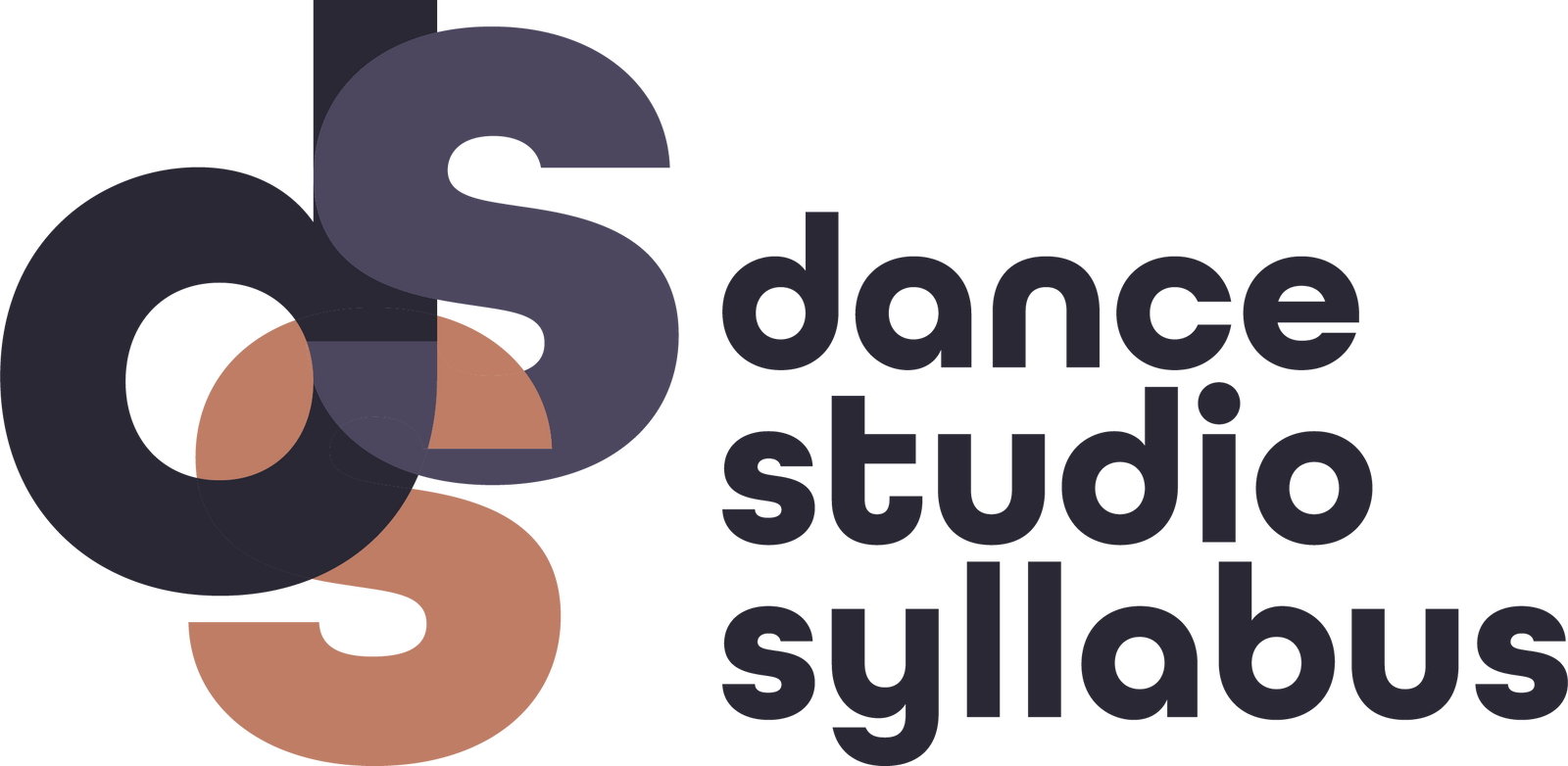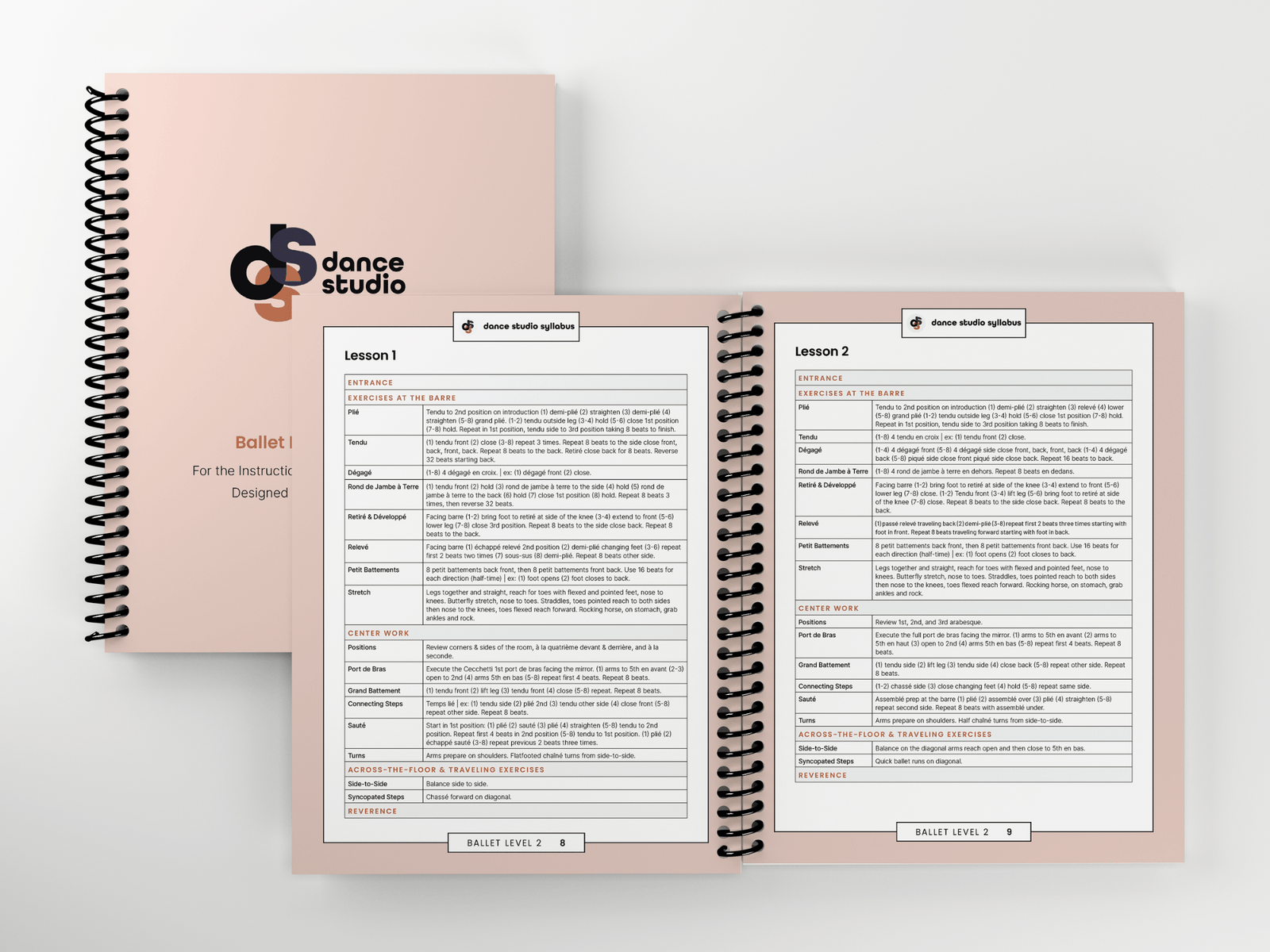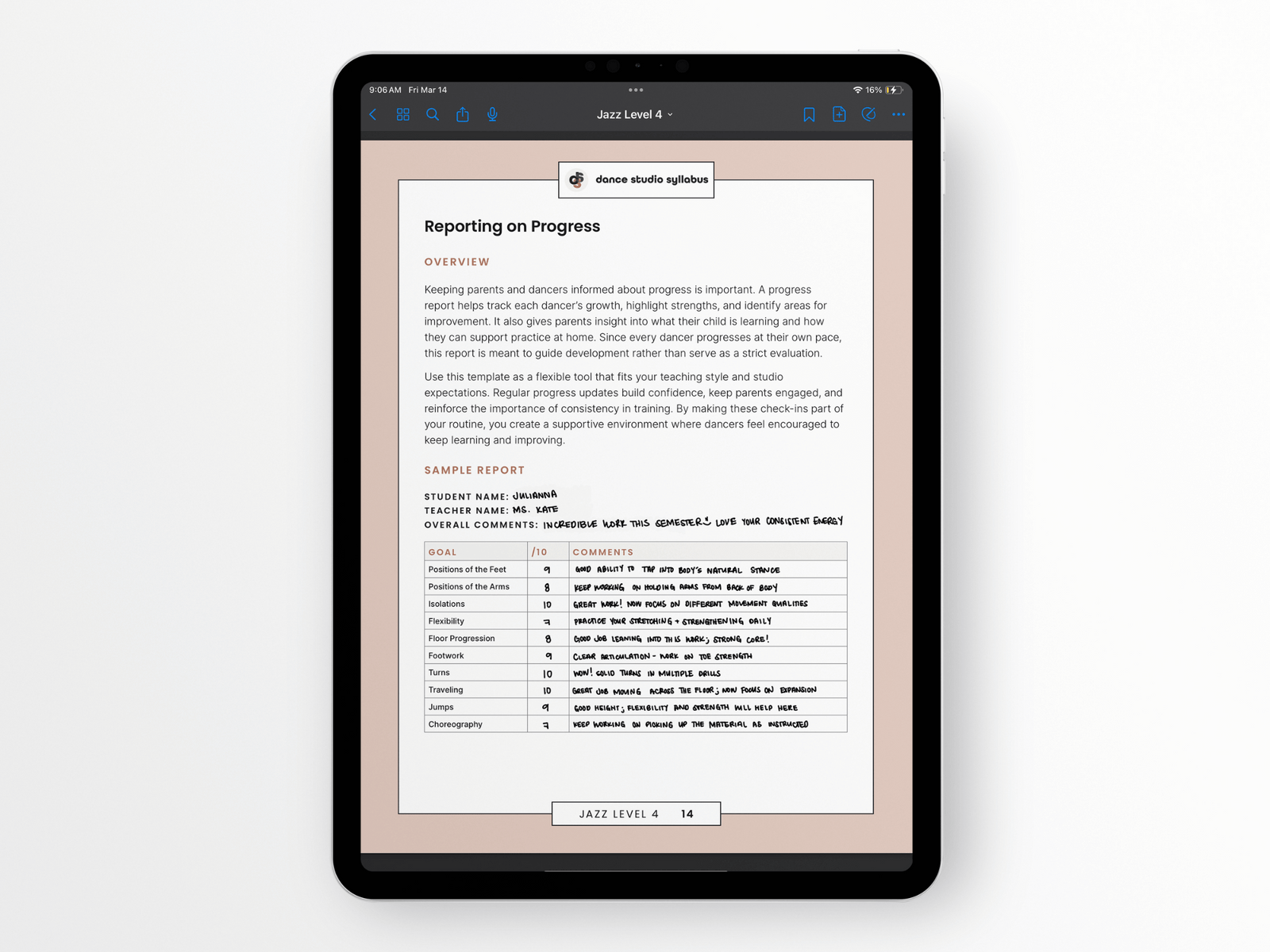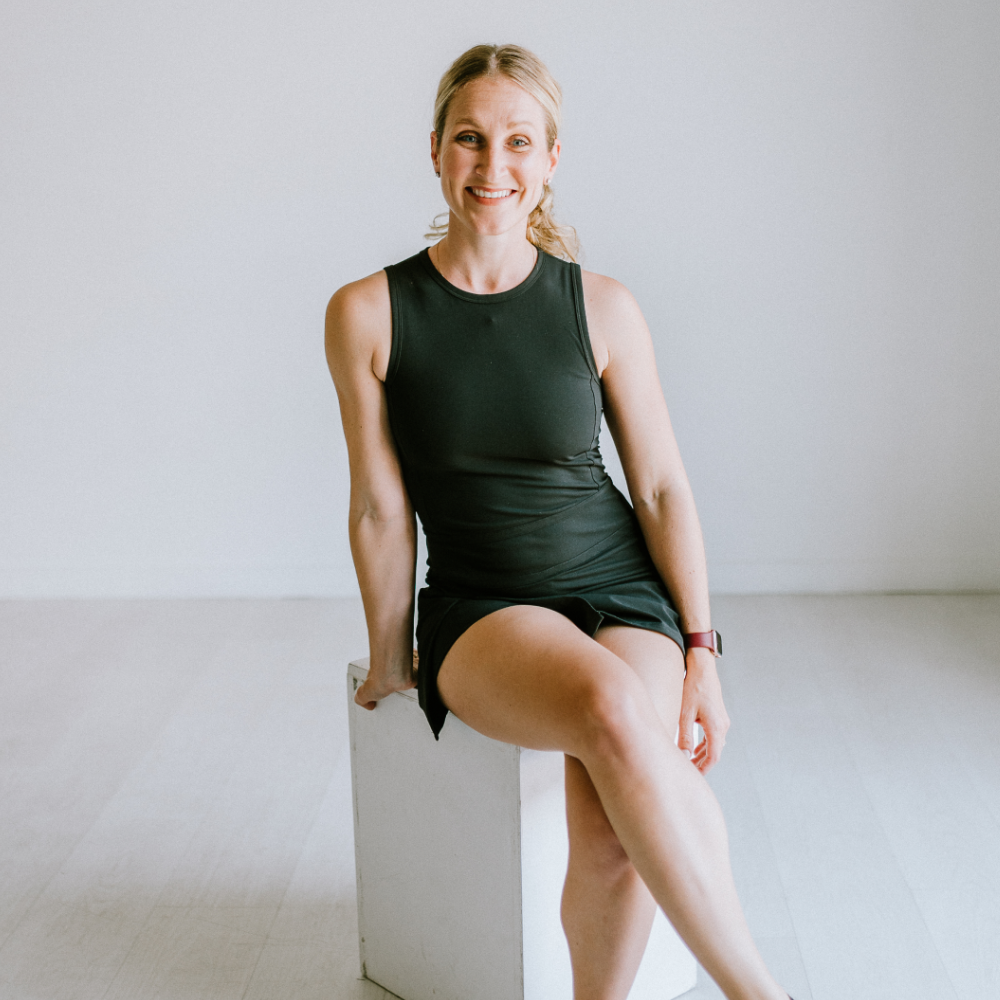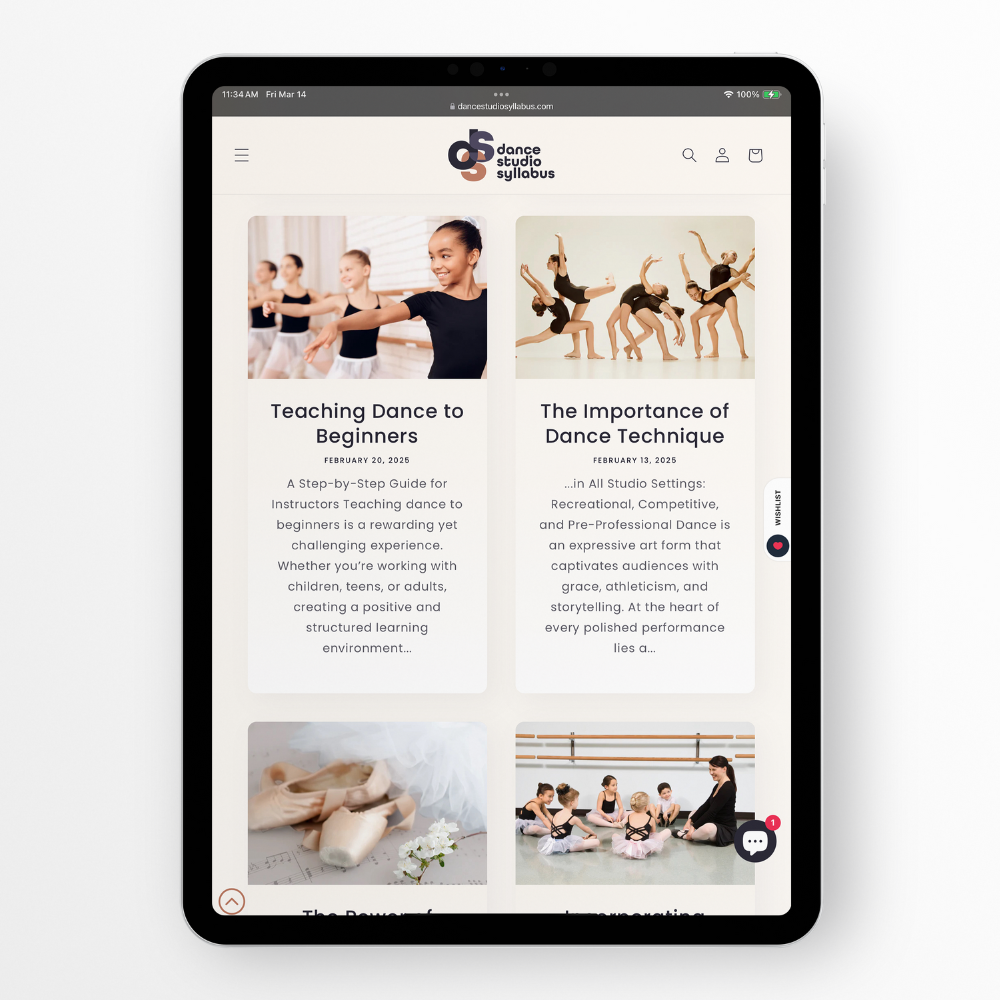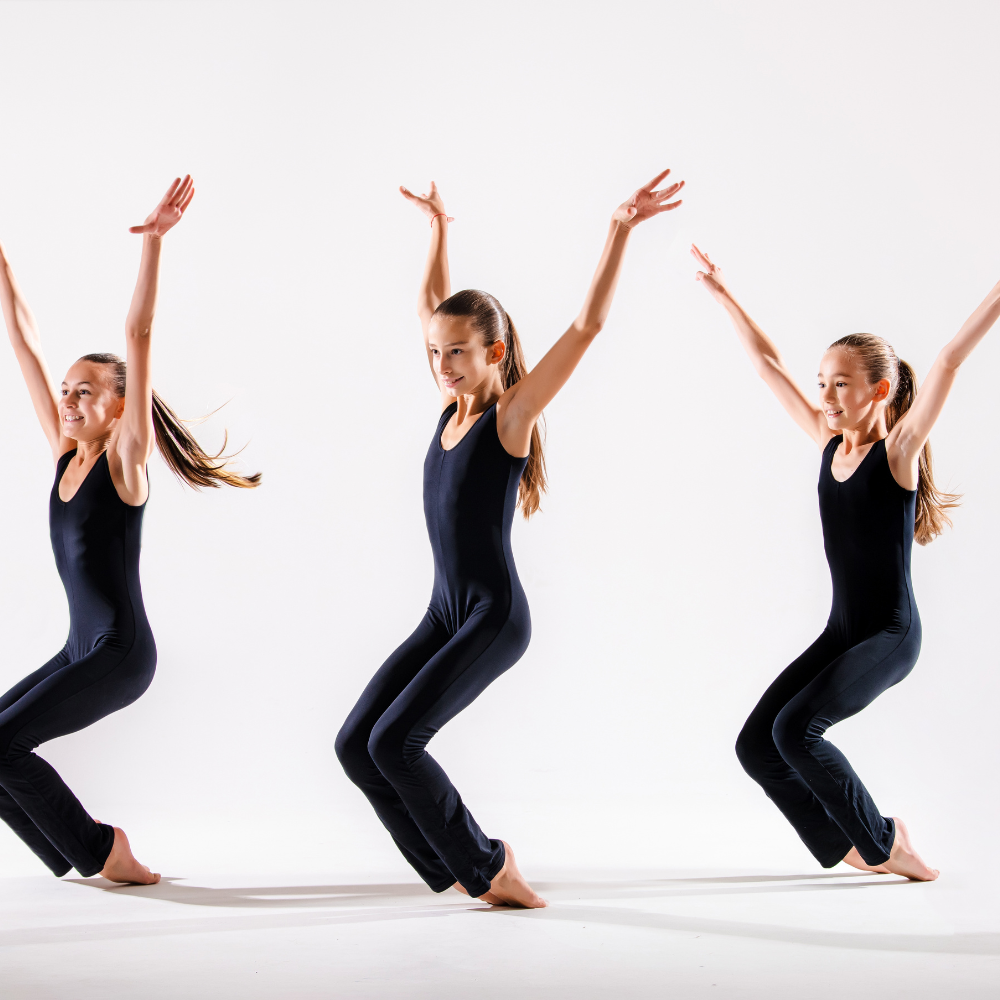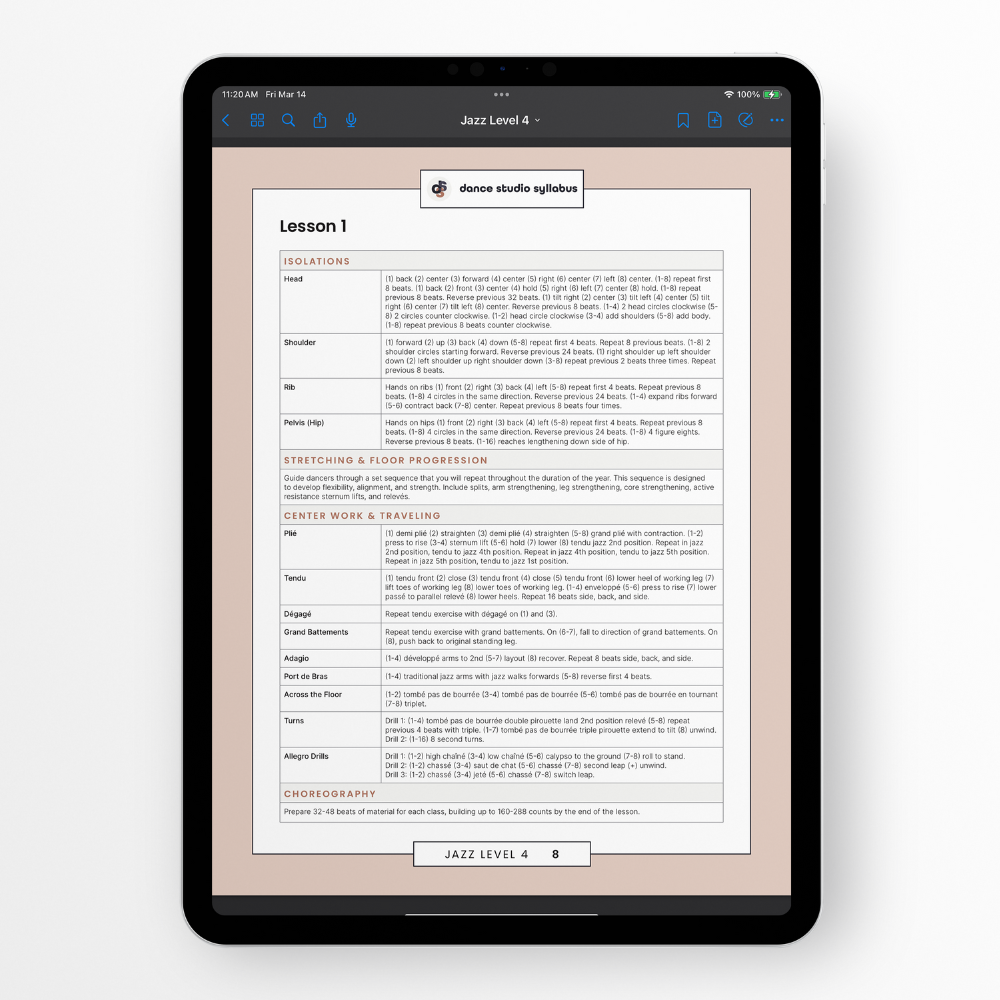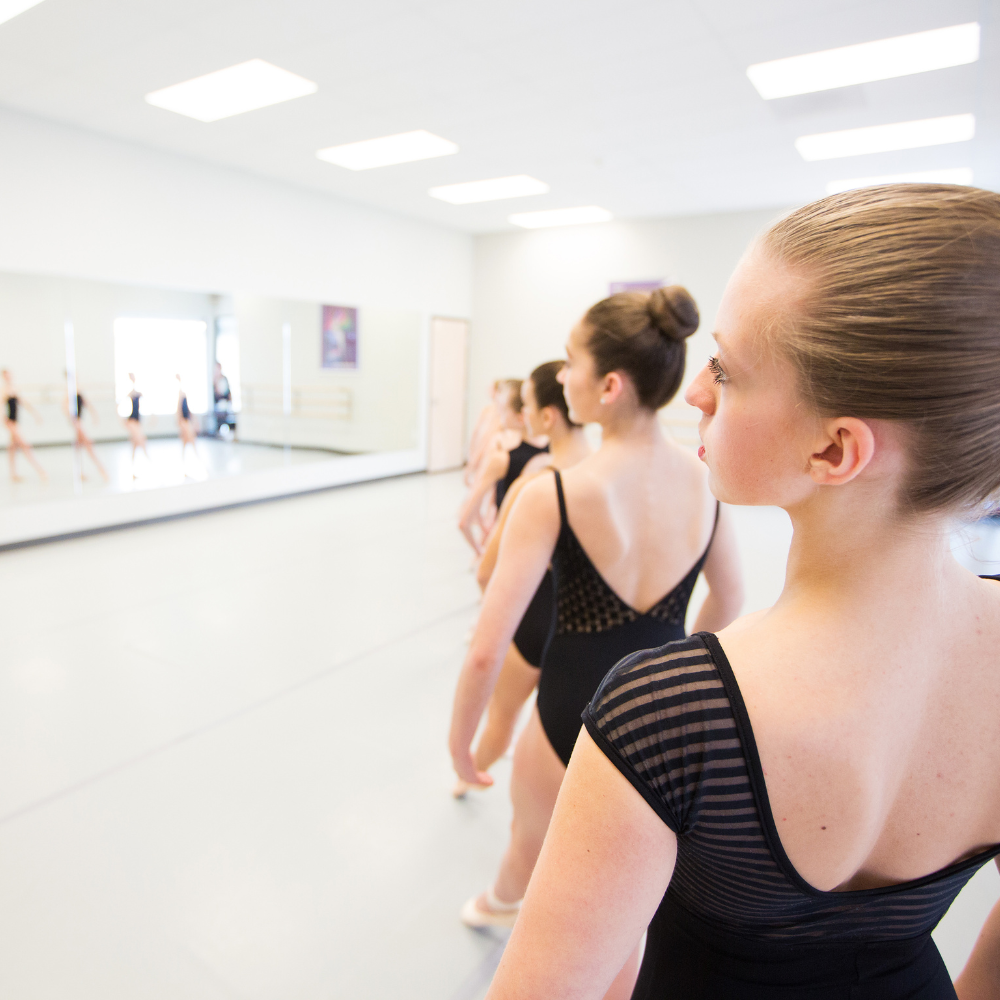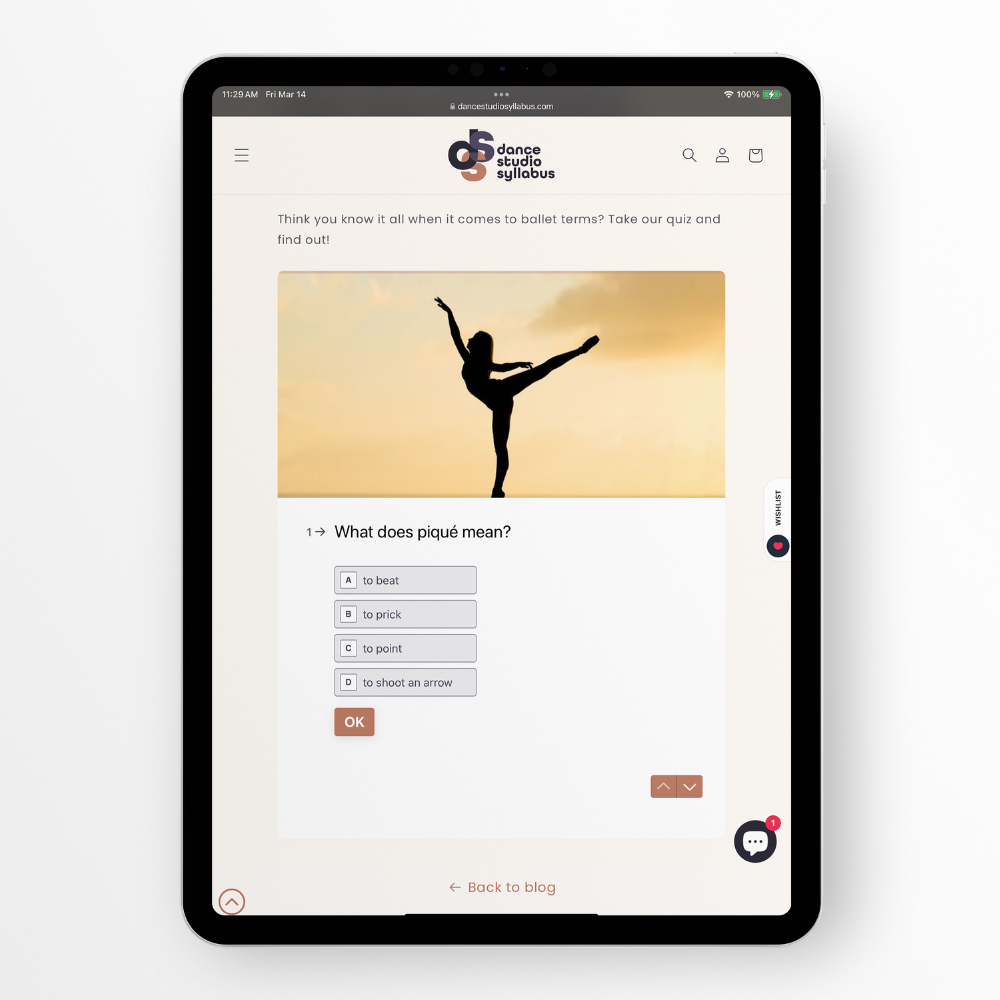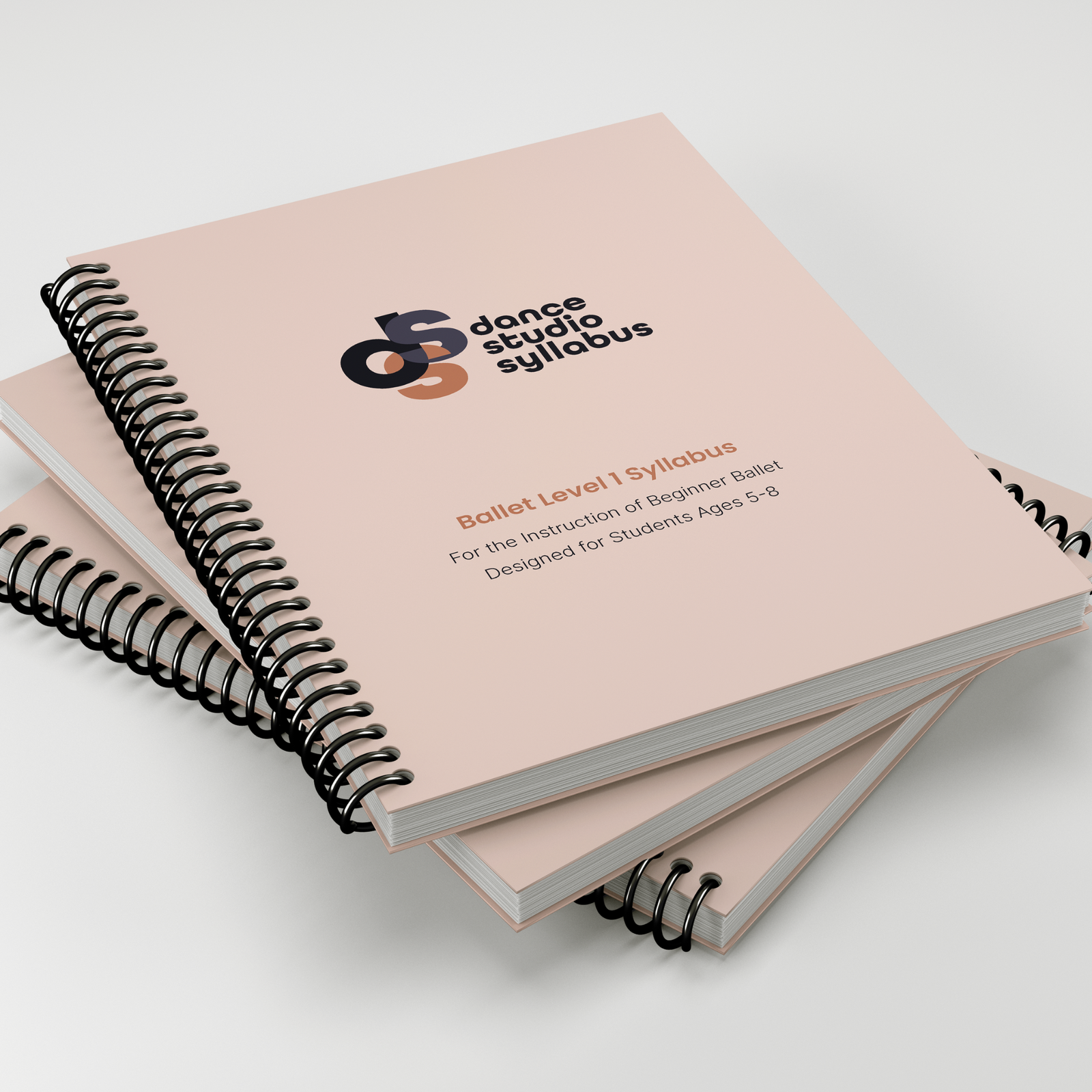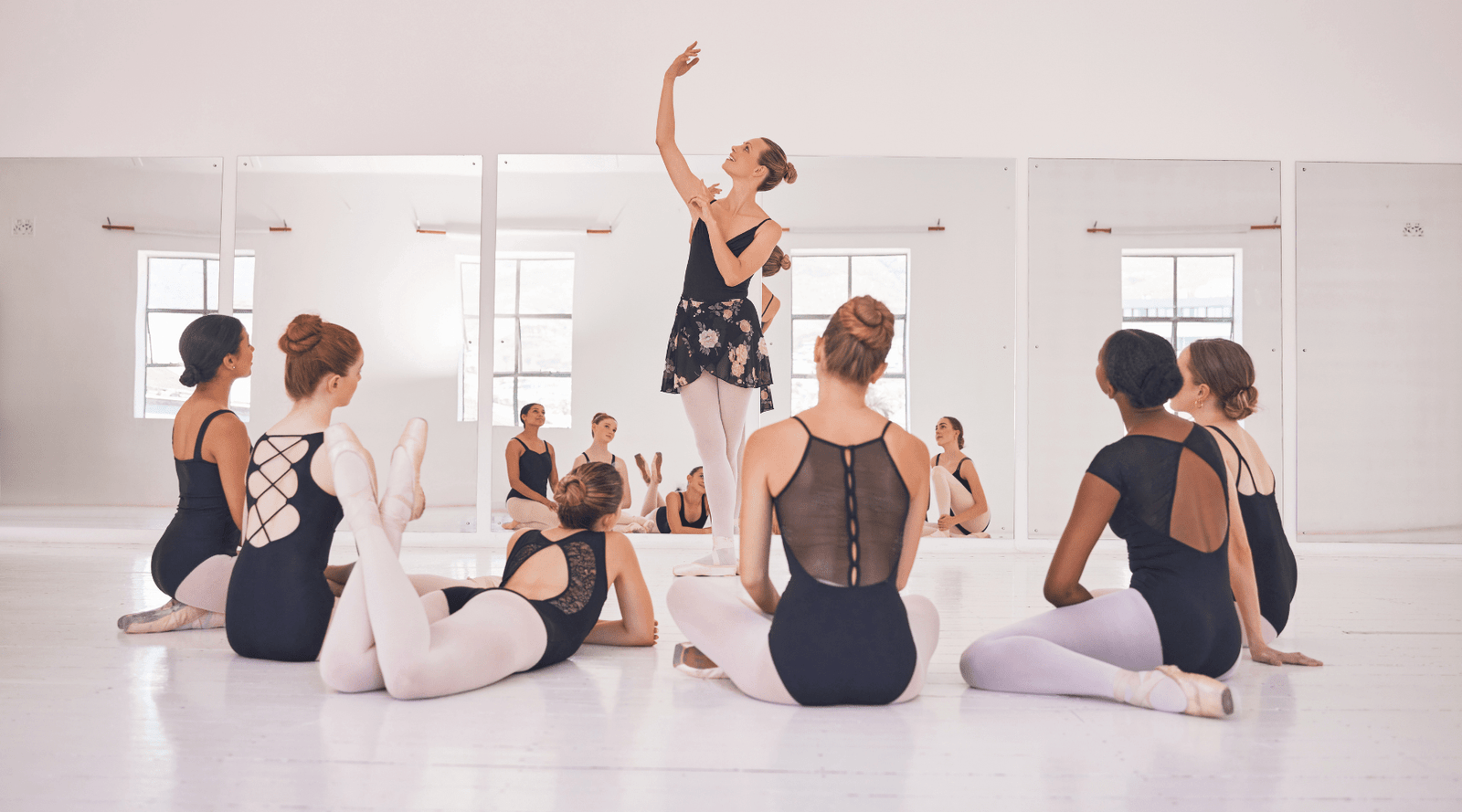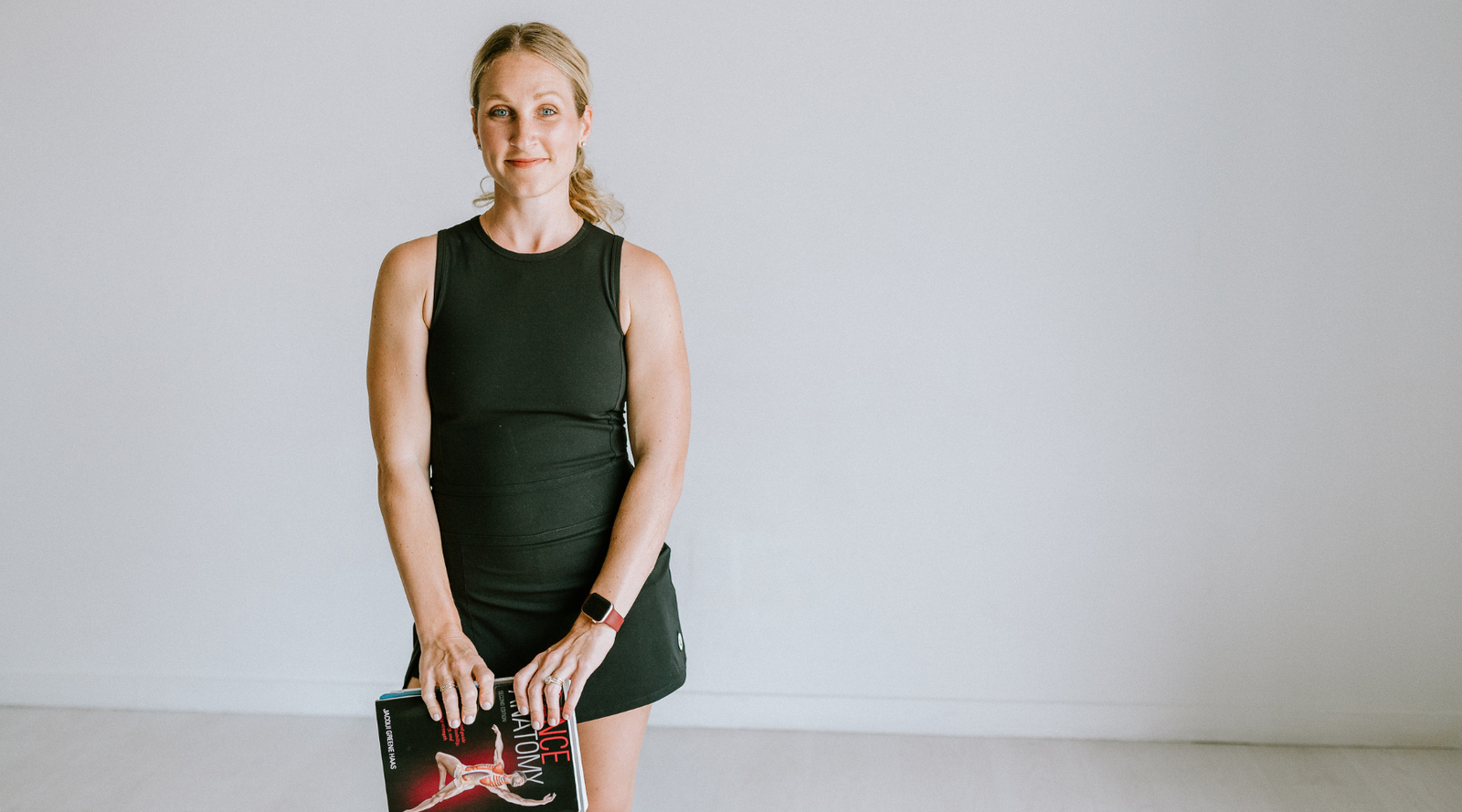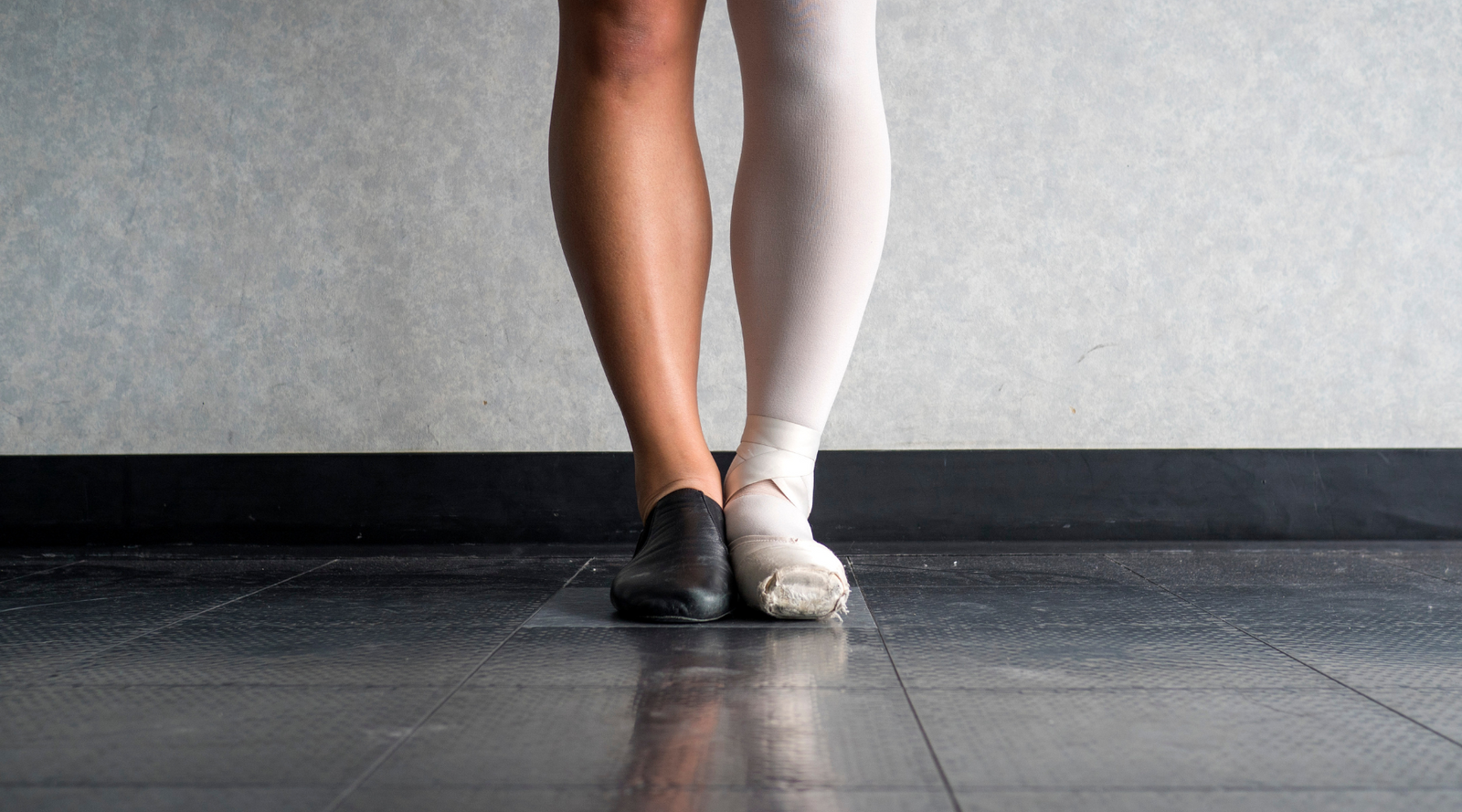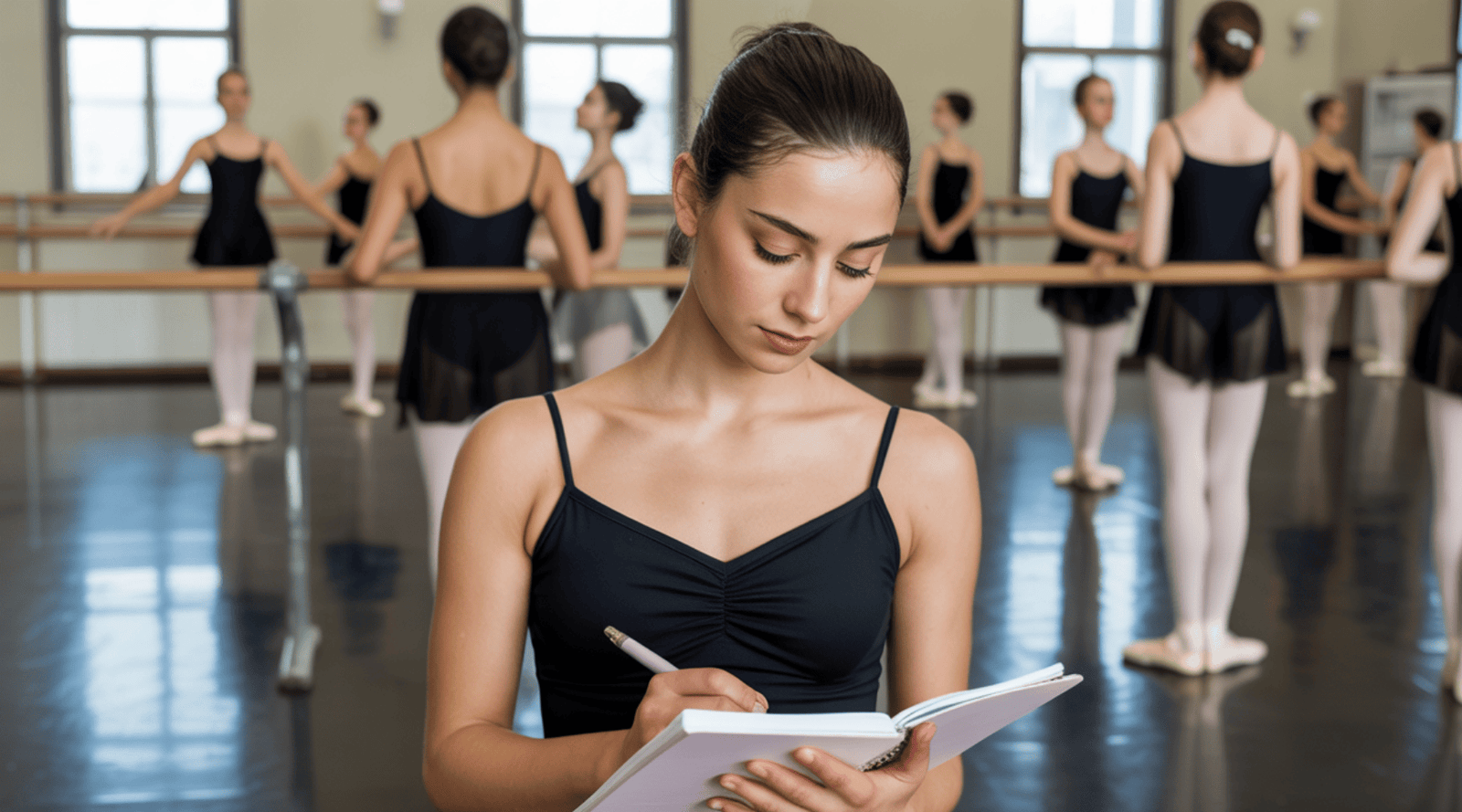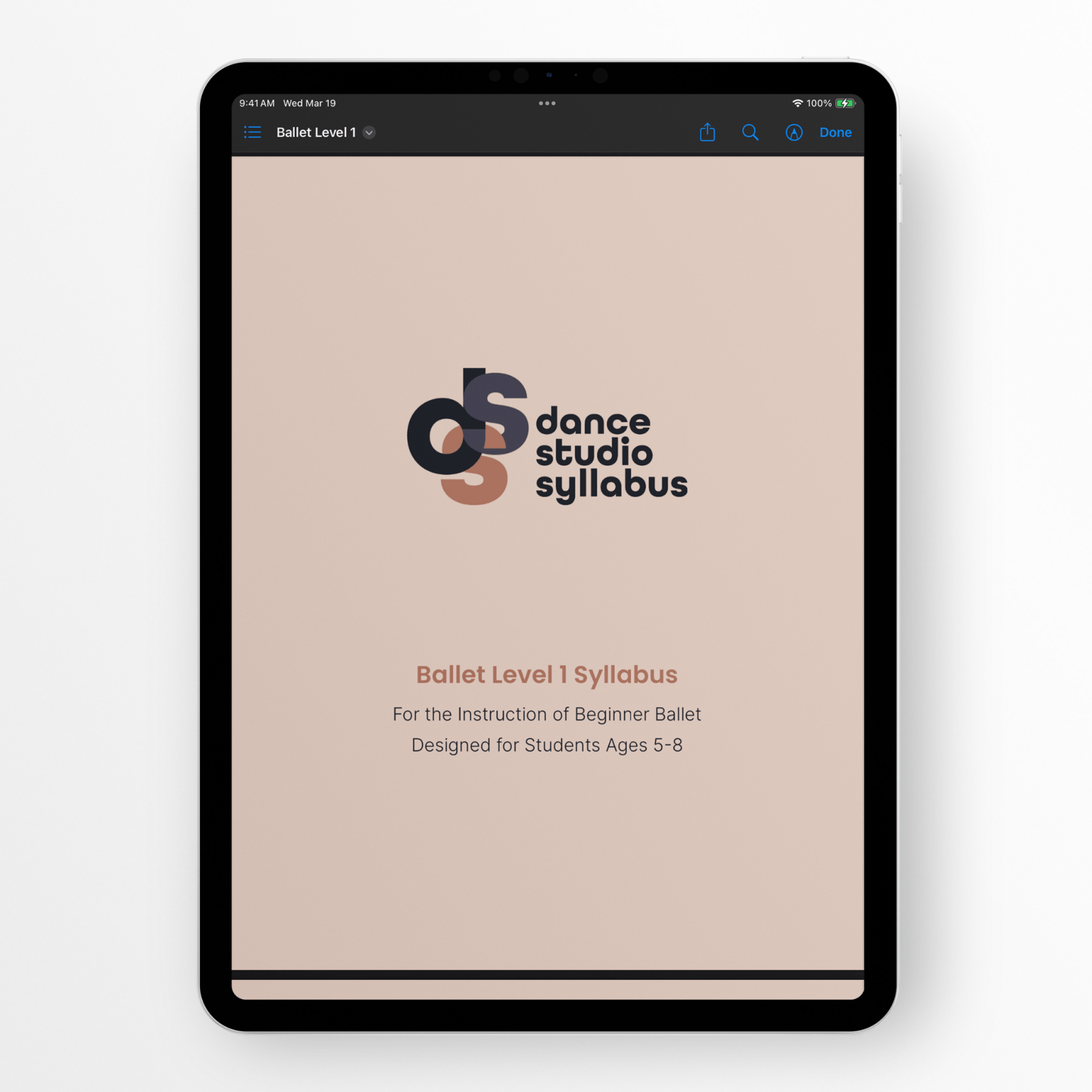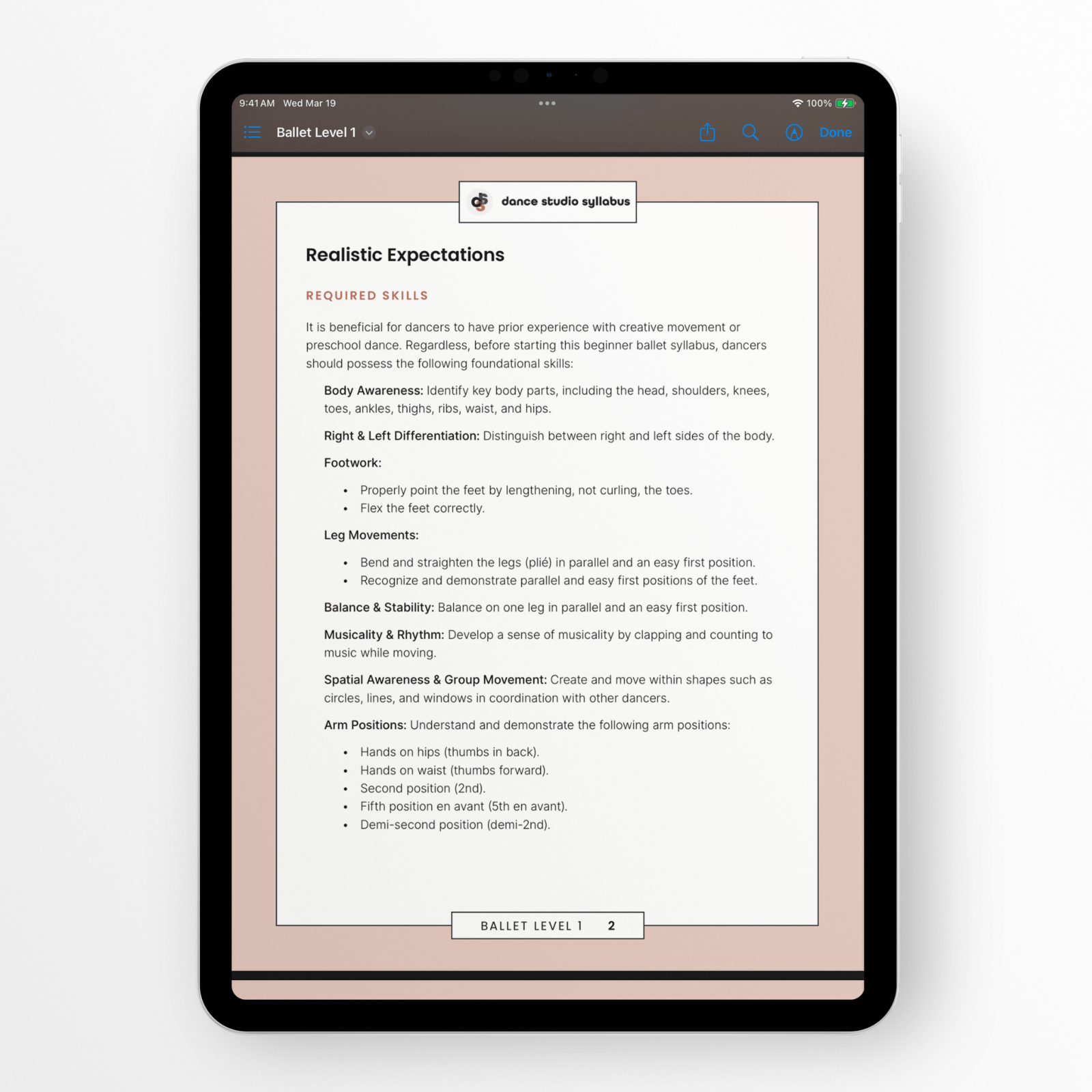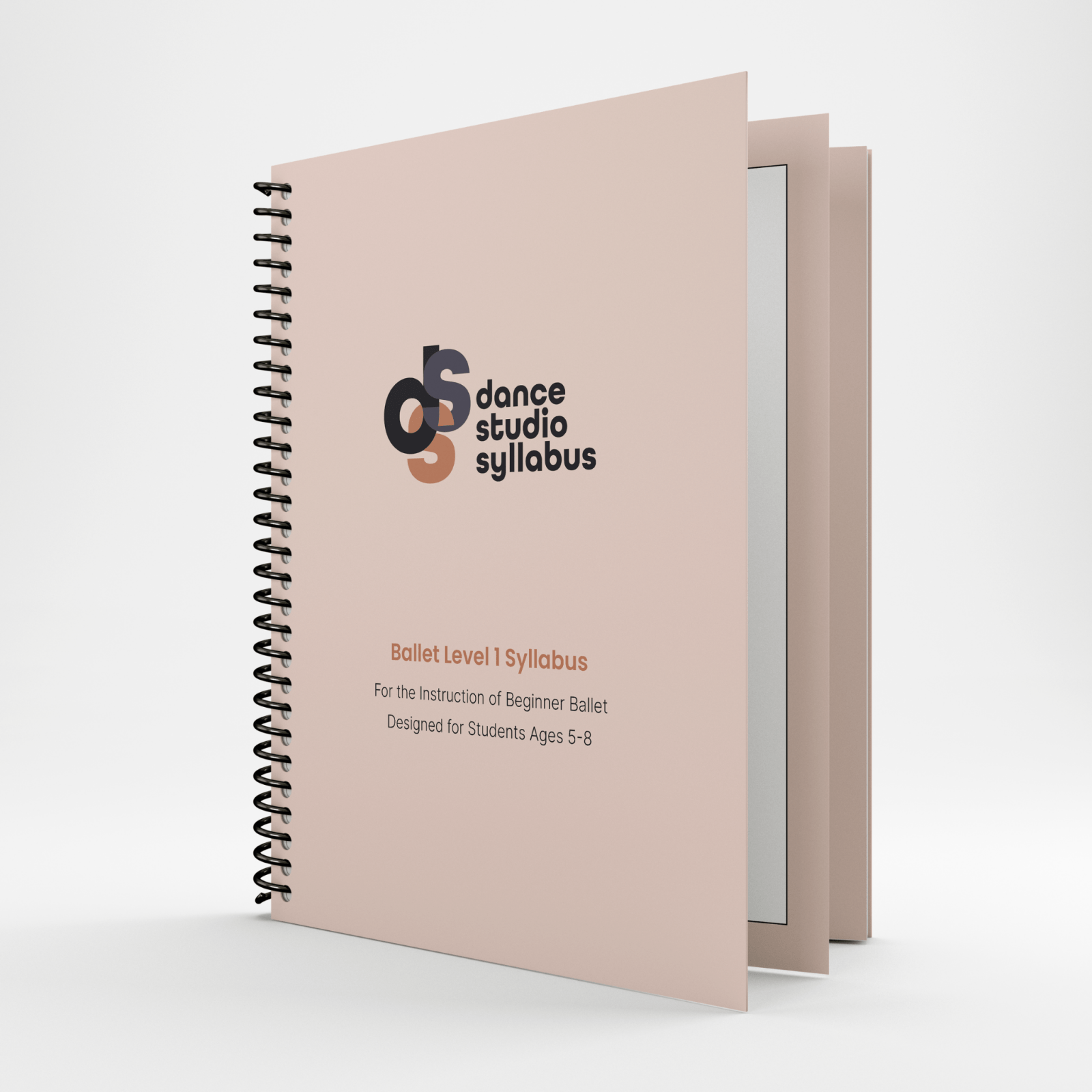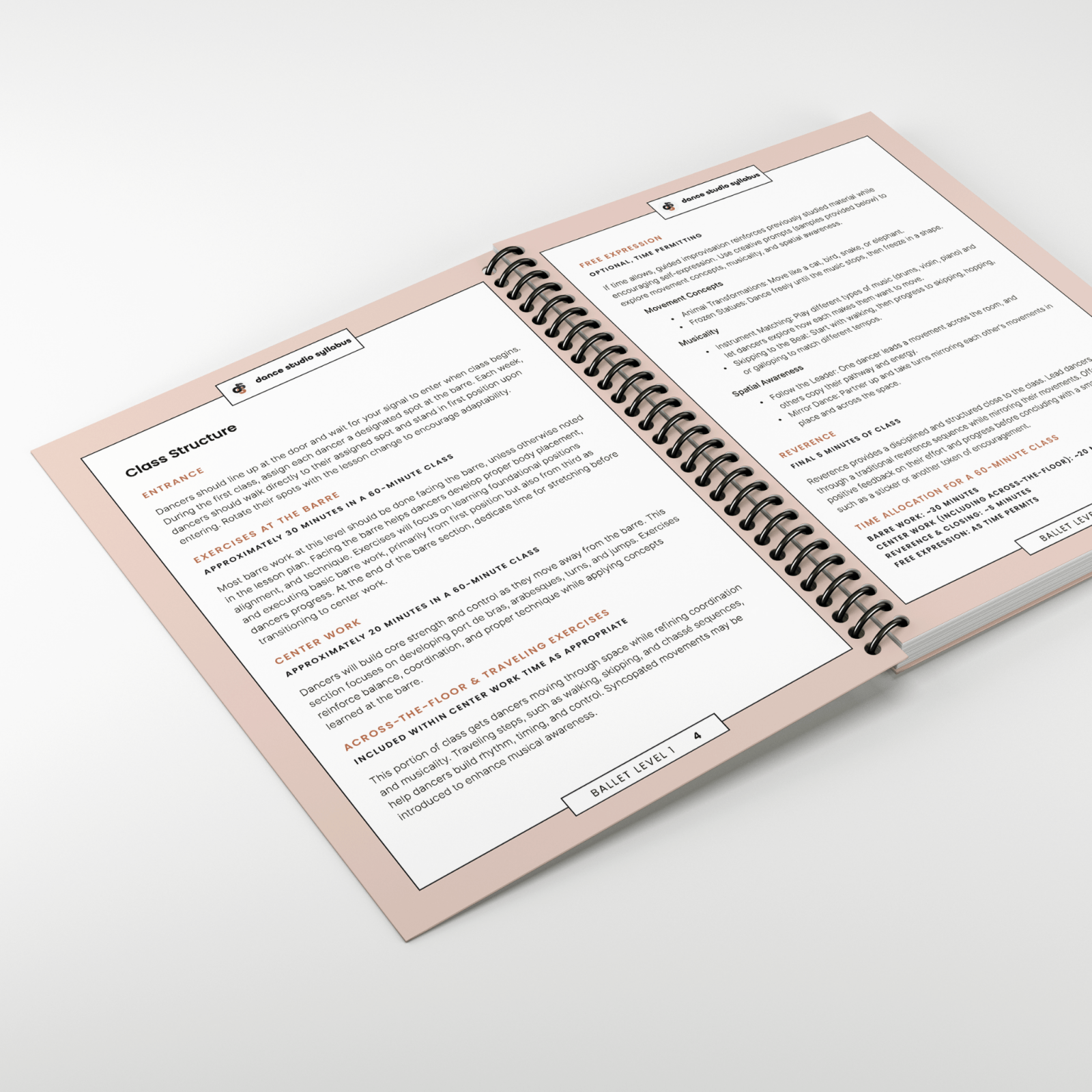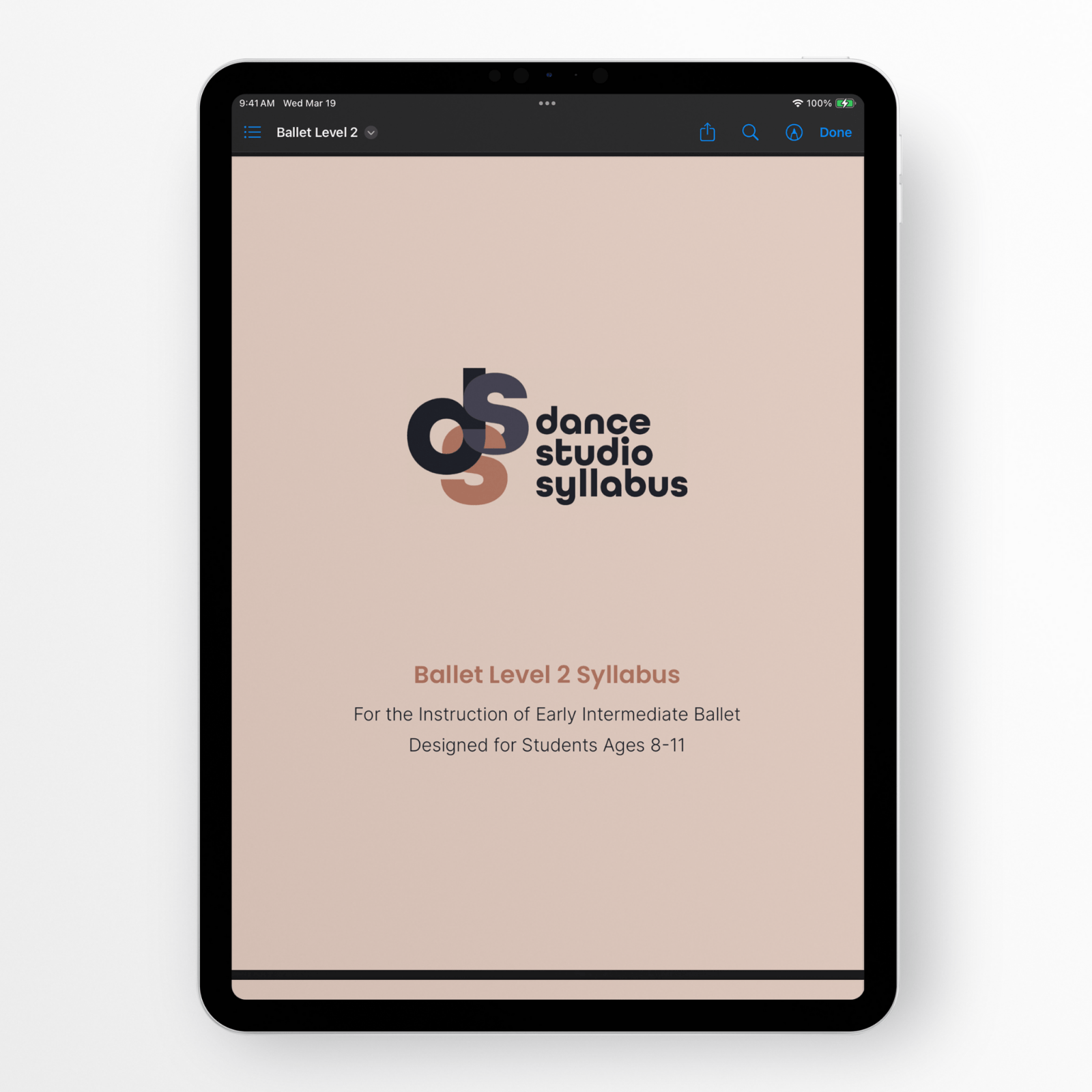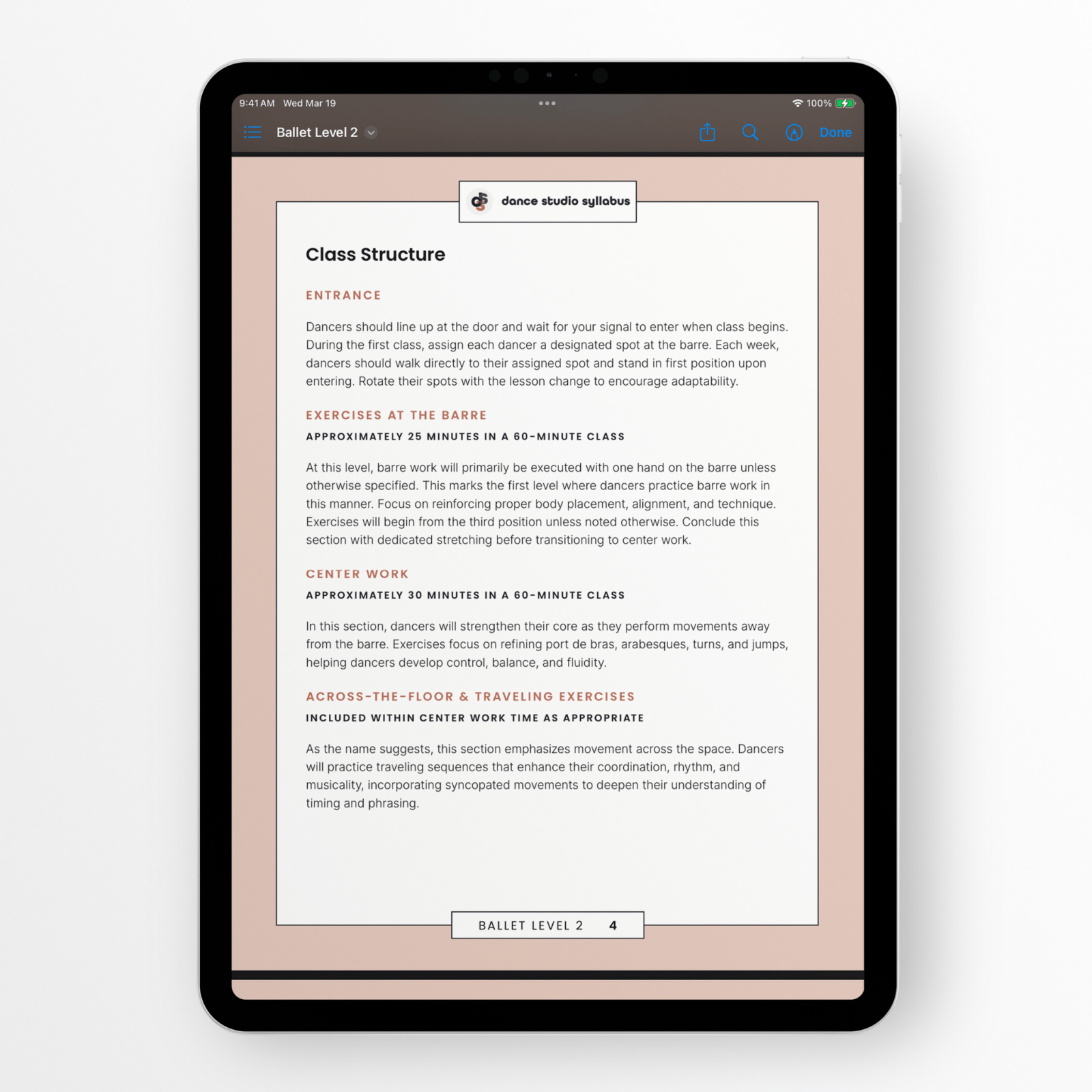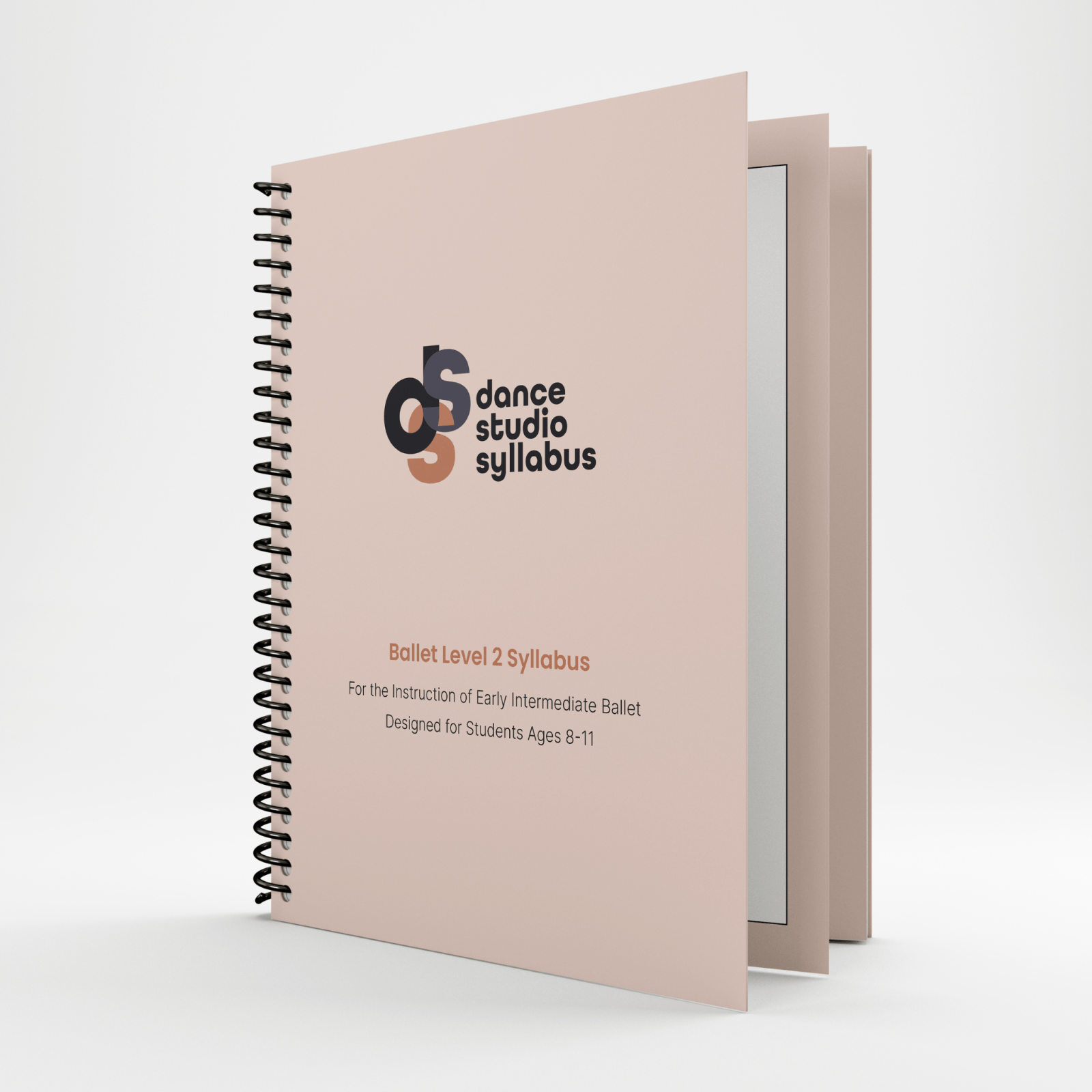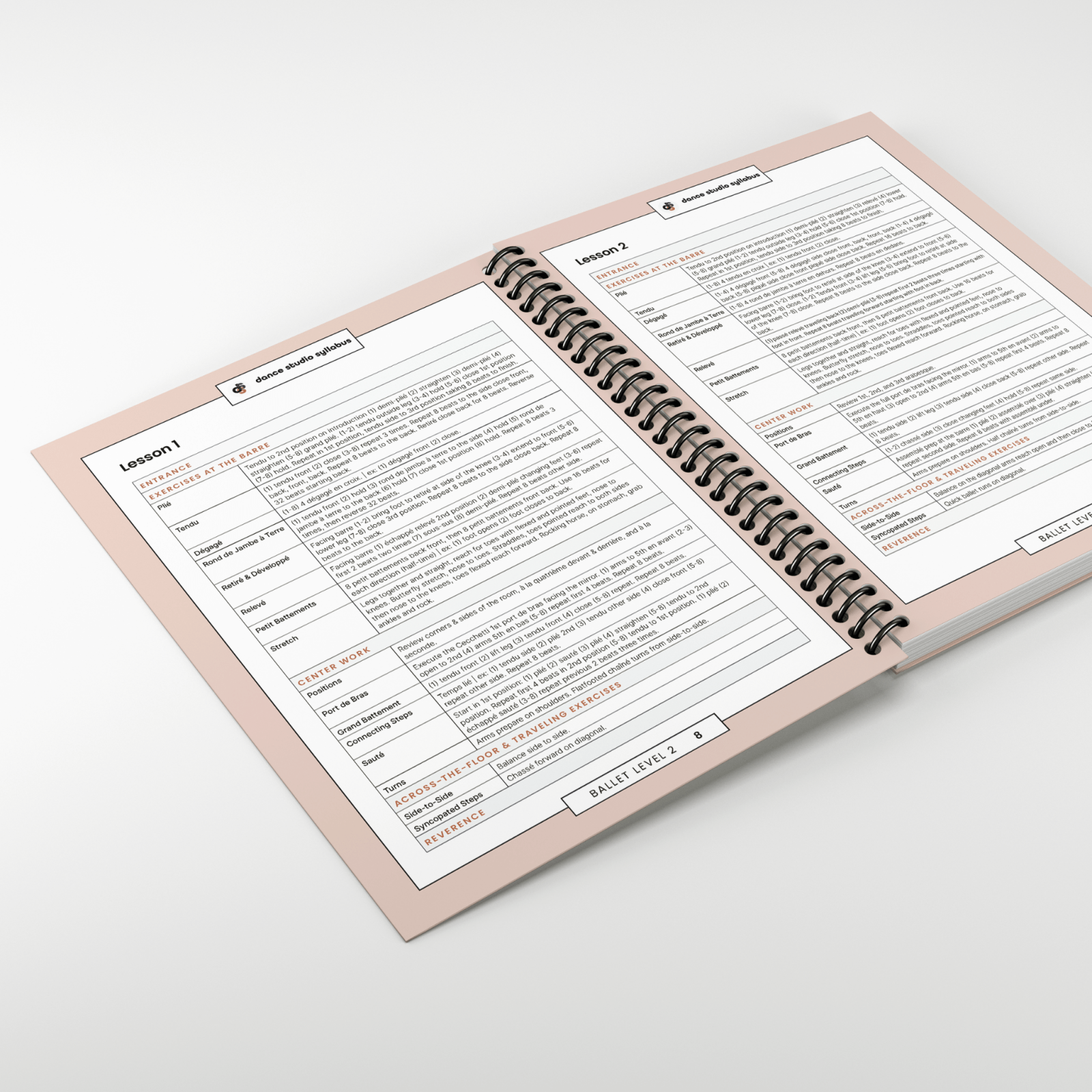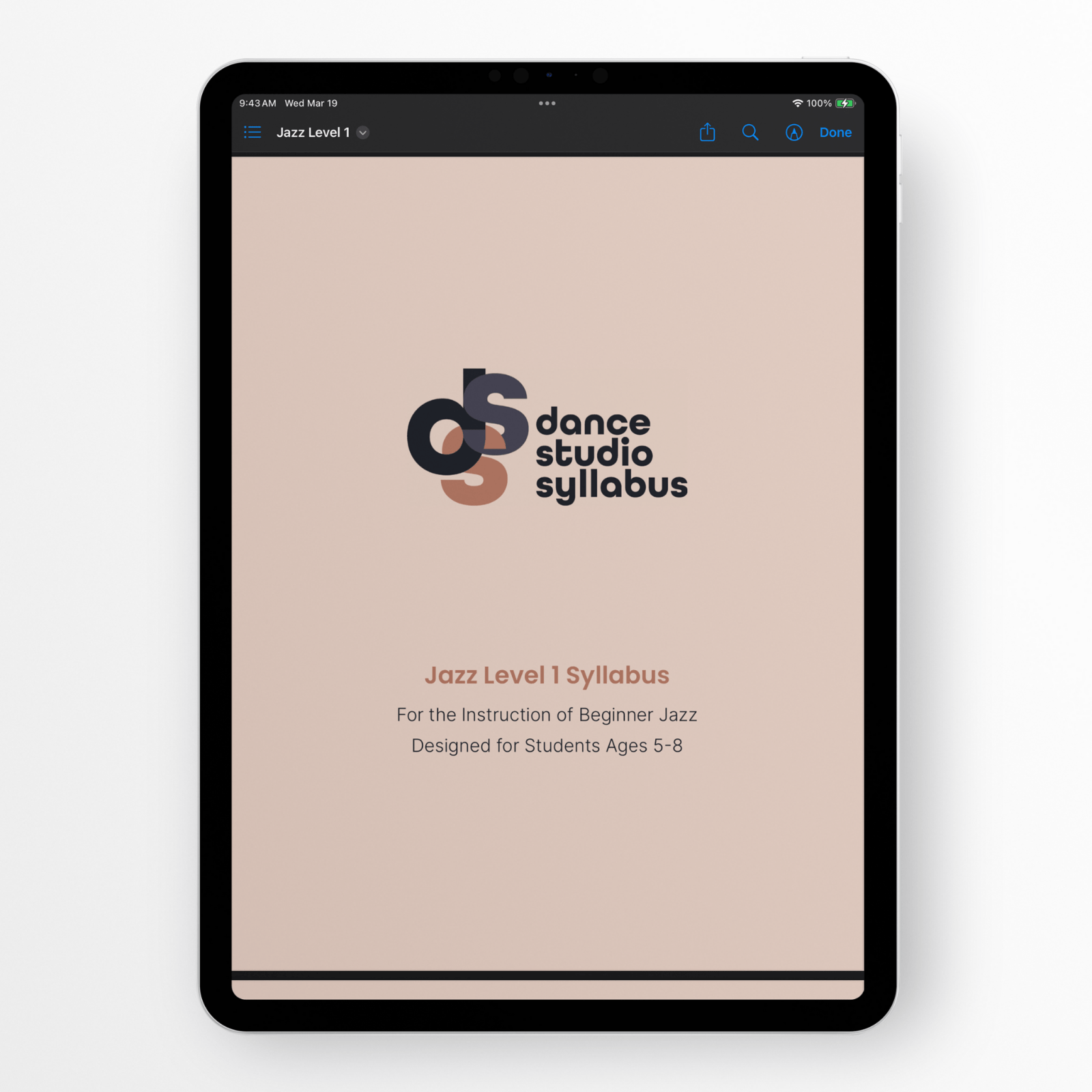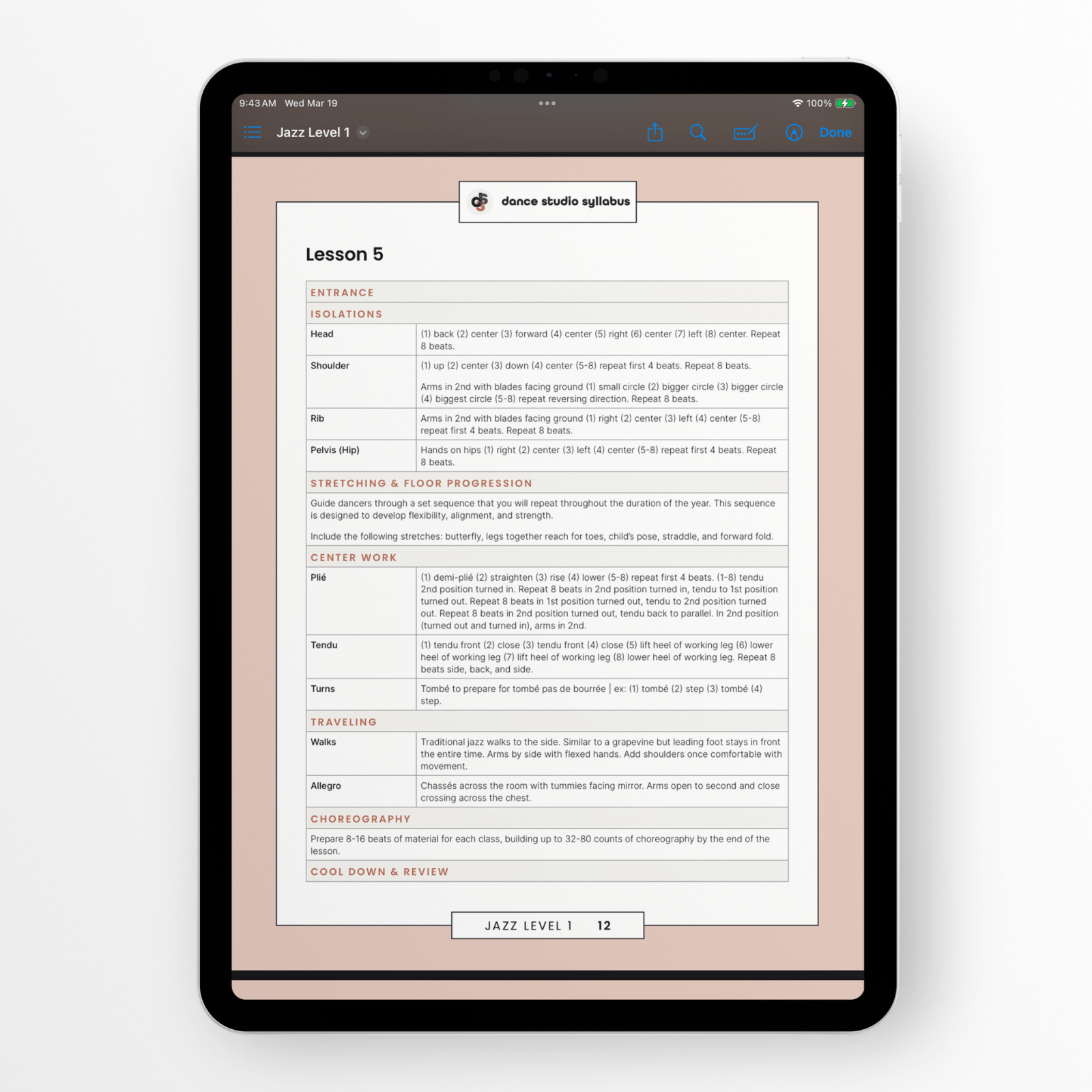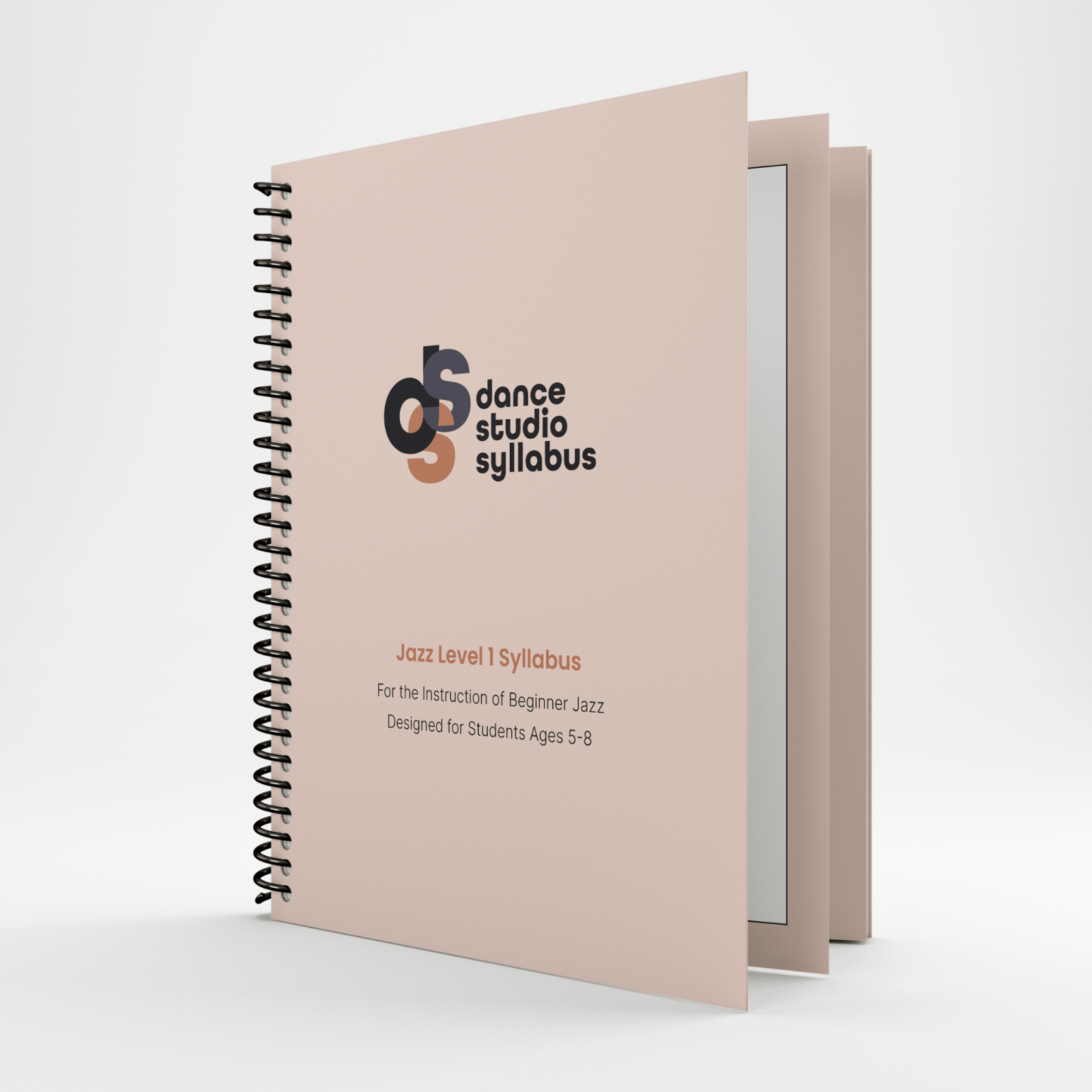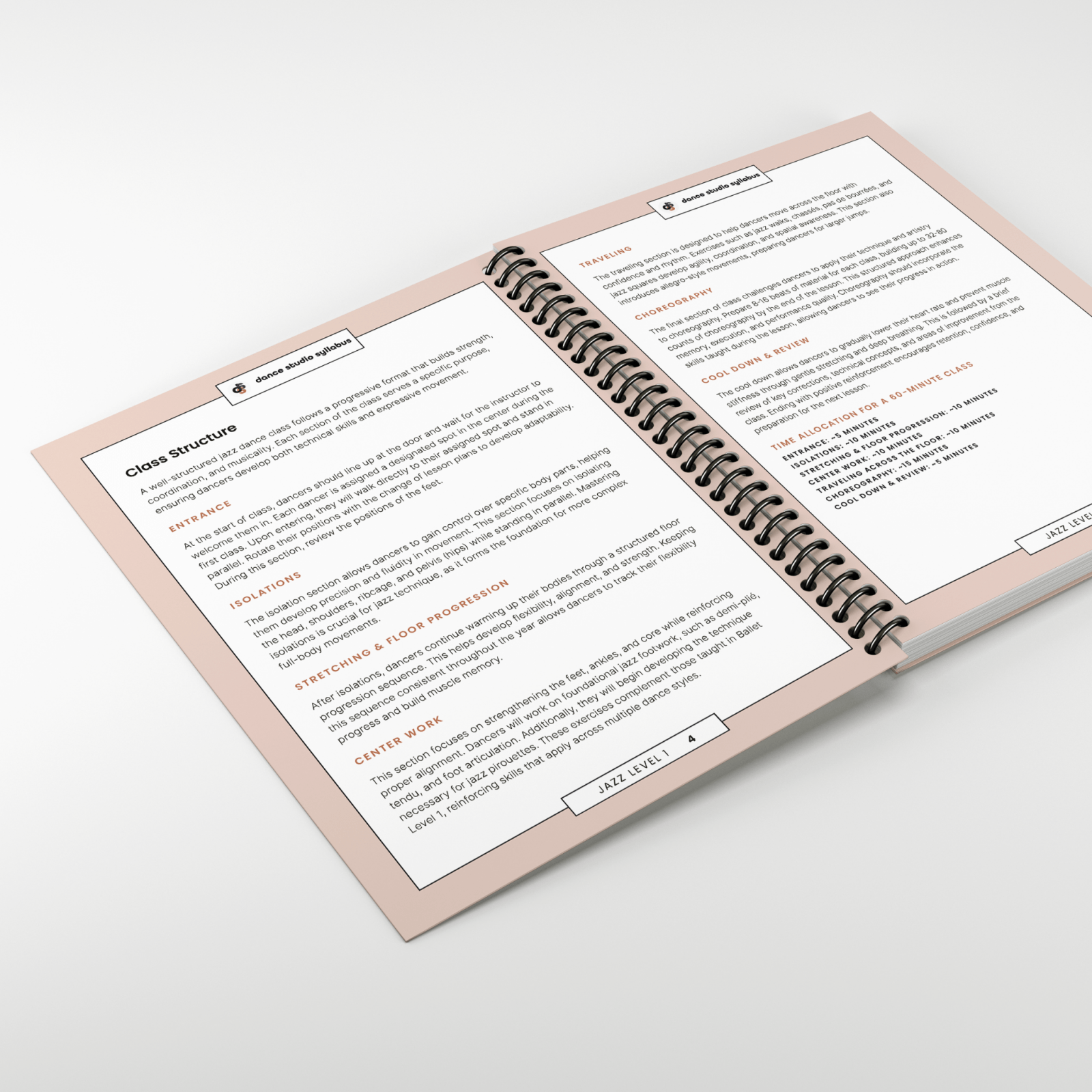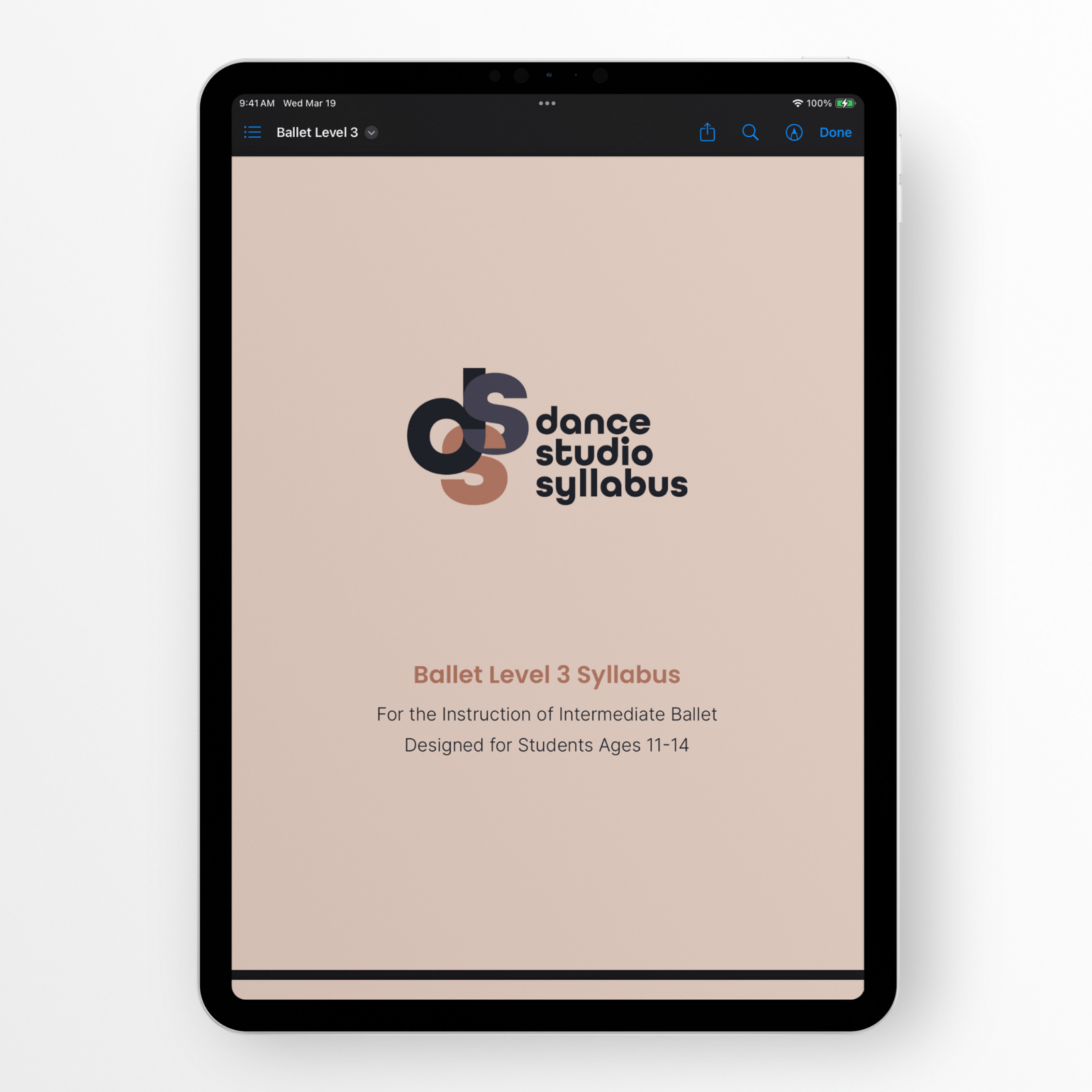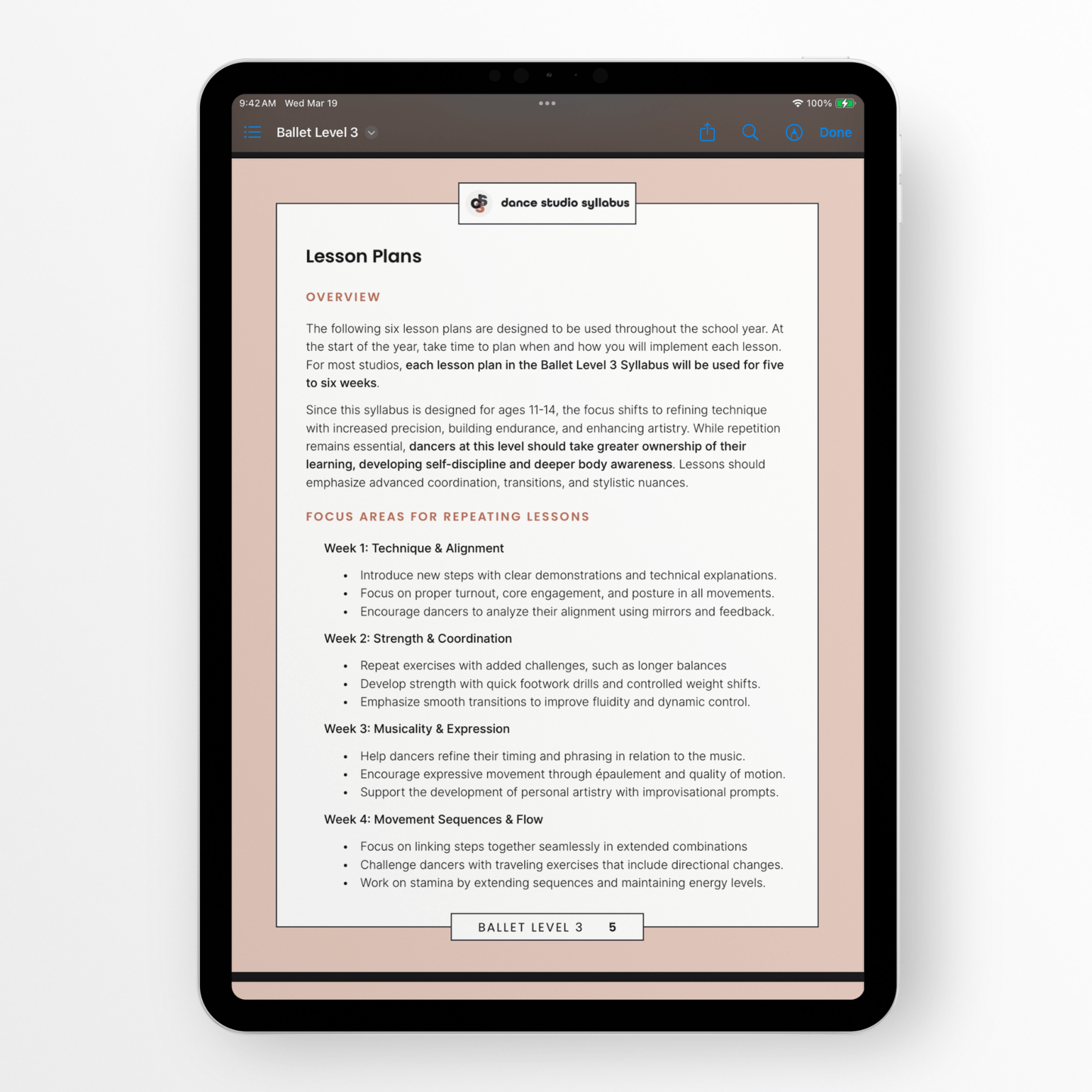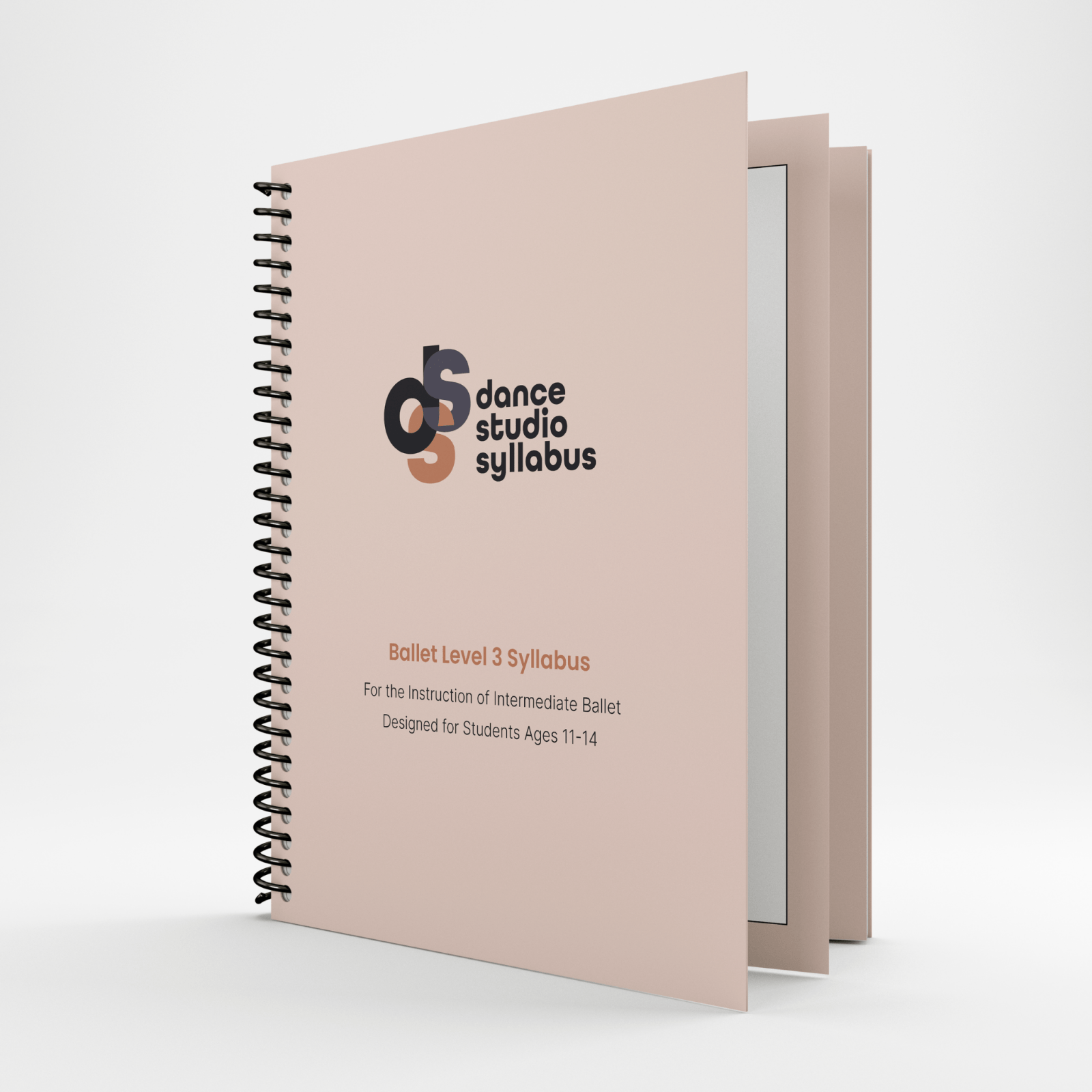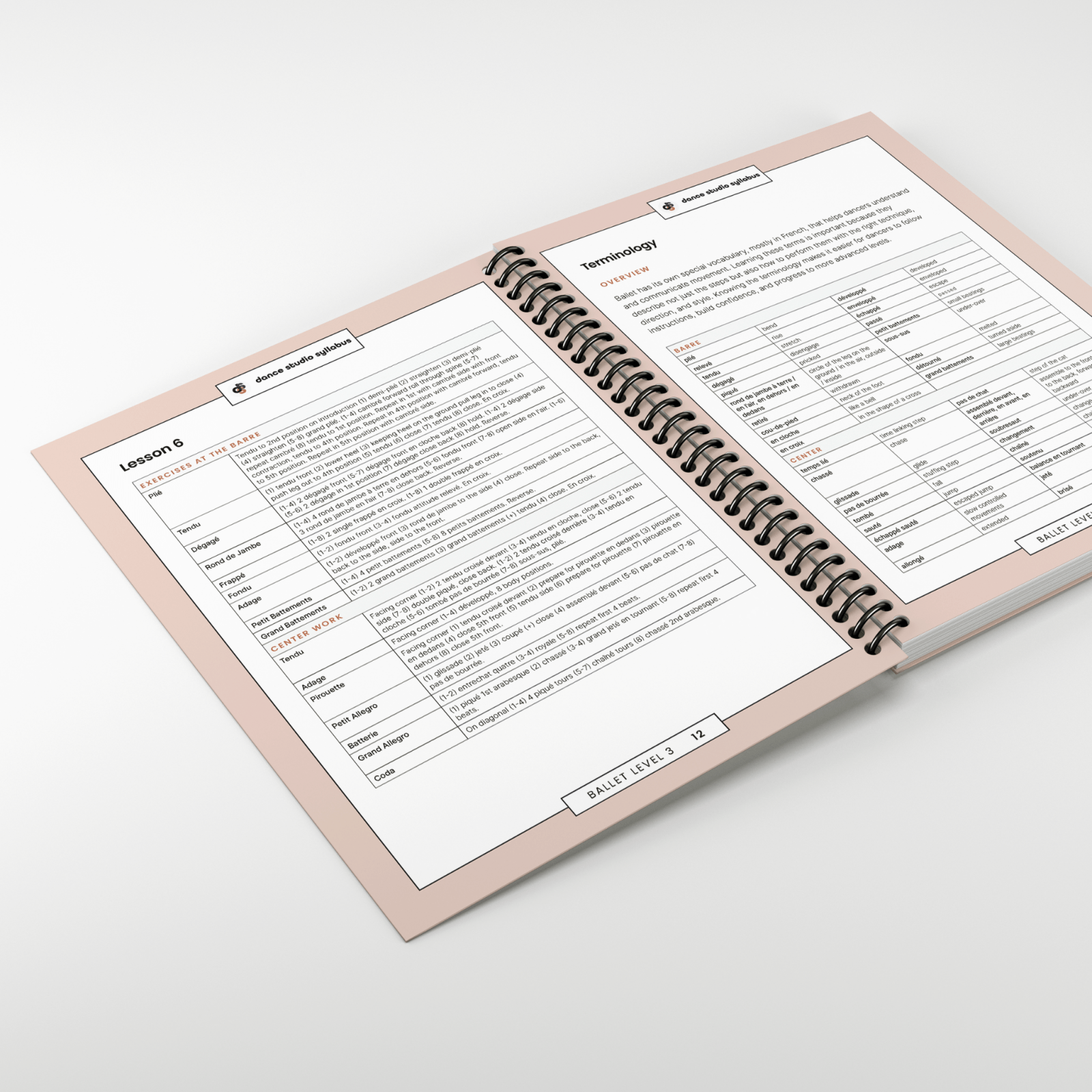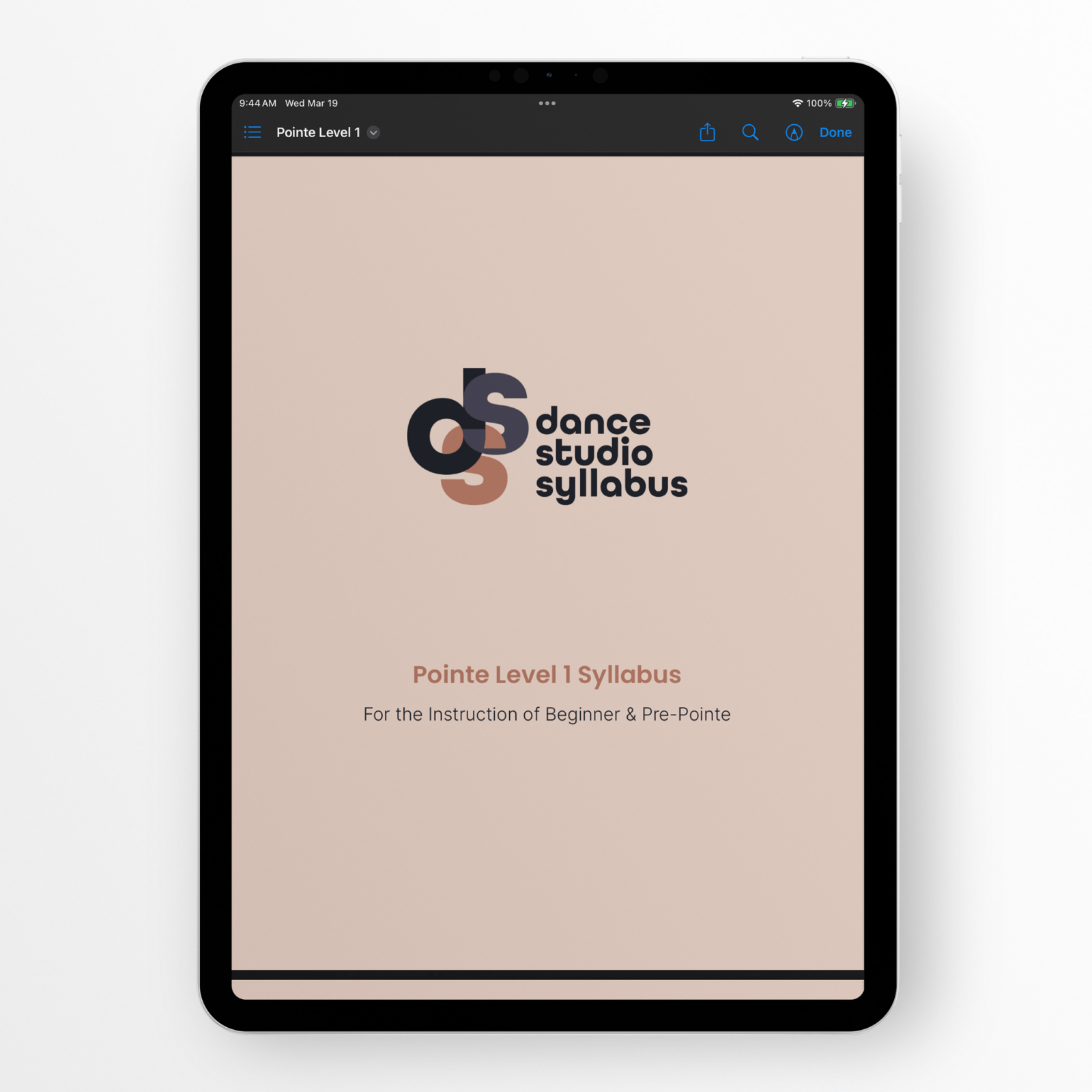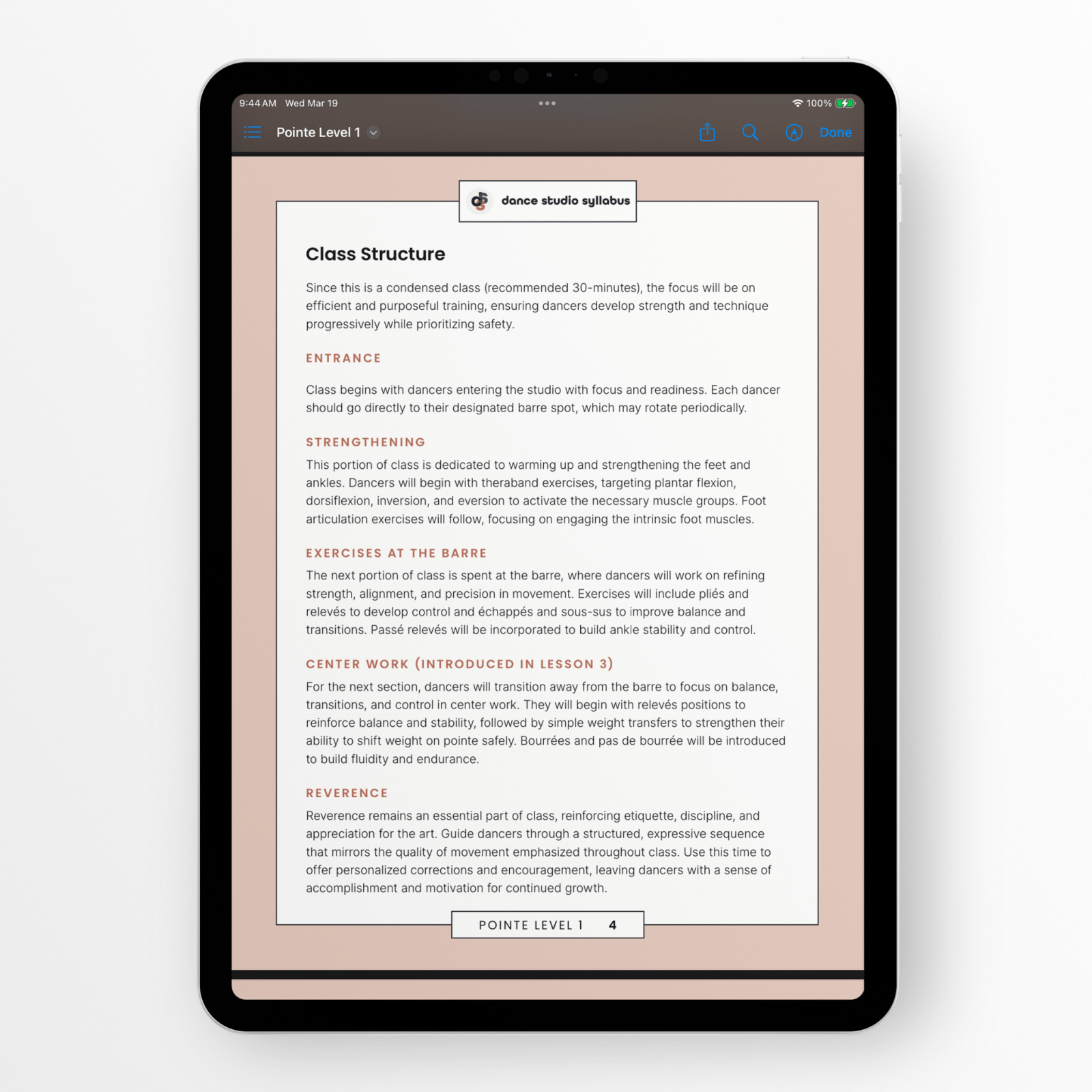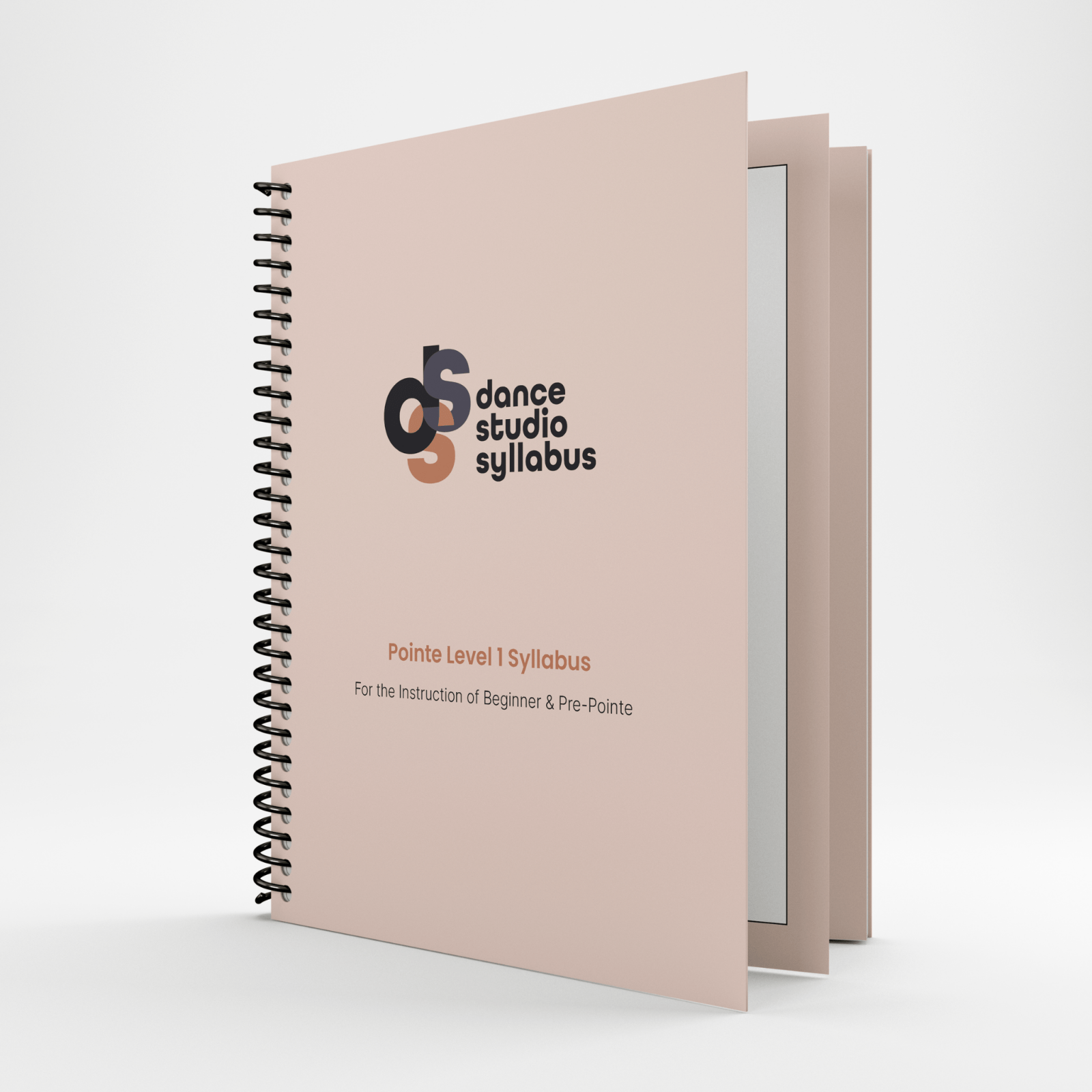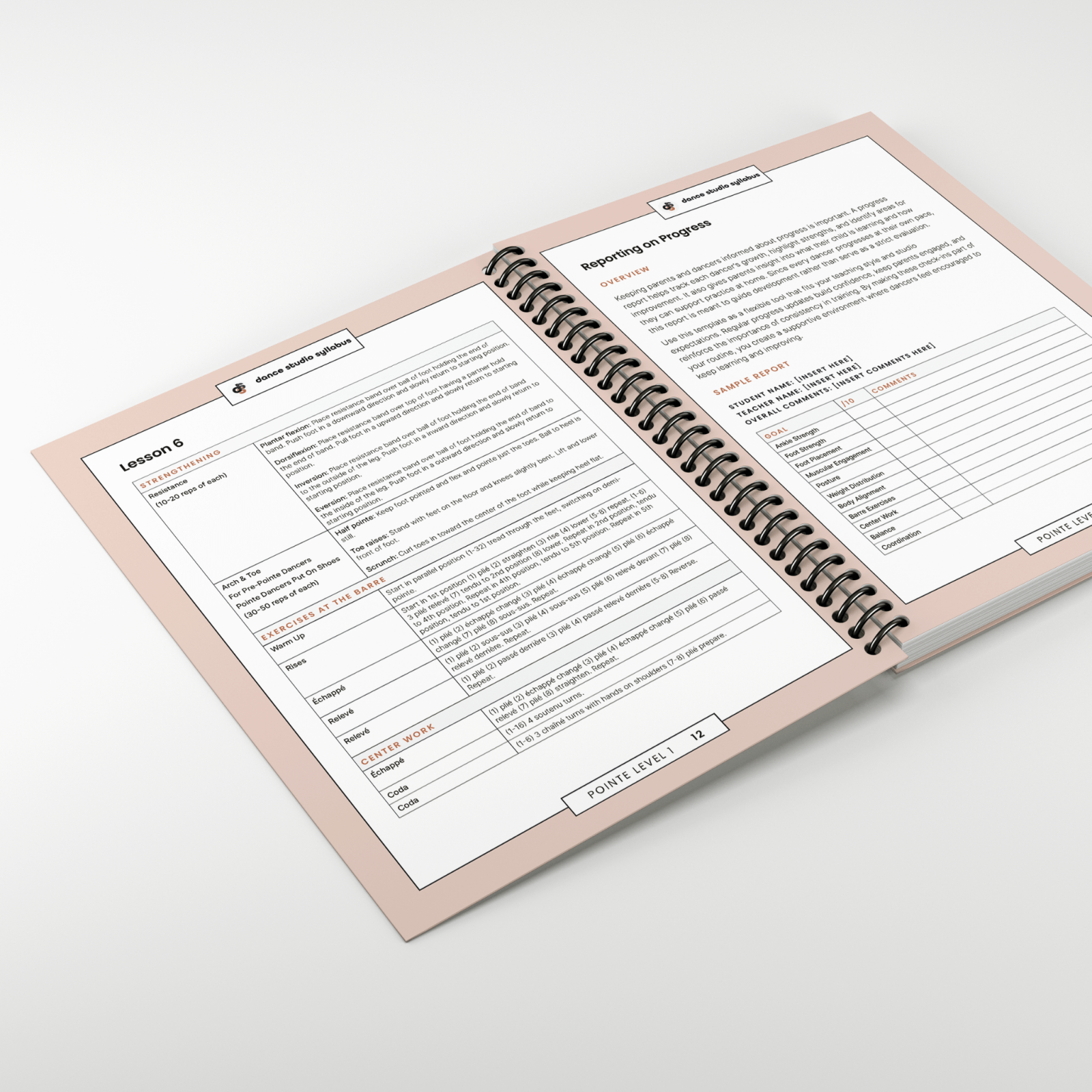As a dance teacher, it’s important to find ways to make choreography that both you and your dancers feel connected to. But as show season approaches, it can be overwhelming to create multiple pieces with intentionality.
So how can you create pieces you love without sacrificing your artistic voice or a chance for your dancers to shine? Whether you’re creating pieces for competition season or simply trying to improve your craft, these tips will help you get closer to your goals and create works that both you and your dancers love.
How can you find your choreographic voice as a dance teacher?
Across genres and age ranges, many choreographers have signature styles, unique patterns, or iconic movements within their choreography. While many dancers are talented across multiple genres, you may notice that true artists just do everything with their own unique flair. It seems that they fully understand how their bodies want to move, what their strengths are, and how to pull from multiple genres. As a young choreographer, or aspiring one, how can you find your own unique style? How do you begin your path as a choreographer?
The journey to finding your own choreographic voice is all yours. However, there are certain things that you can do to help you find what feels right. In this blog, you’ll find some ideas to get you started. The more you enjoy the process, the more likely it is that your unique voice will emerge.
(1) Define your goals – what do you want to achieve with your choreography, and what kind of mood or feeling do you want to create?
Before starting to create any choreography, it’s essential to research and take the time to think about what kind of mood you want to evoke. Spend some time brainstorming your concept and envision what your choreography should look like. Figure out what goals you want to achieve with the dance, making sure that all the elements come together and contribute to craft the right tone and atmosphere. Research which type of music would suit your plans best, as this will be the foundation for your project. Plan carefully before you start so you can create choreography that you love!
(2) Experiment with music – it should be something that inspires you and gets you moving.
If you’re struggling with finding the motivation to tackle your choreo, a great way to get the ball rolling is to experiment with different types of music. It’s all about finding tunes that inspire and energize you in equal measure. Be sure to mix things up every so often and try something new – you never know when you’ll stumble across that perfect playlist!
(3) Experiment with different movement styles – there are no rules, so have fun and be creative!
When it comes to developing choreography, it’s easy to feel like there are endless rules and restrictions – but that doesn’t have to be the case! Instead of being bound by convention, why not shake things up? Experiment with different movement styles and combine them in exciting ways. Bring a sense of playfulness to the creative process! Allow yourself to explore unexpected paths – no matter how strange or unusual. Have fun and see what you can come up with – there are no rules when it comes to creating choreography that you love!
(4) Remember to breathe.
Taking a deep breath before getting into any challenging situation can make all the difference- it’s like a mini reset for your mind and body. When it comes to creating movement phrases, one of the quickest (and free) ways to find more flow is to remember to keep your breathing slow and steady. Doing this will reduce distraction and help you stay focused. Tuning into your breath can also help reframe thoughts away from negativity or anxiety. Keep yourself in the game by reminding yourself that breathing deeply is key during times when creating choreo you love tests your limits – it’s one of nature’s most effective ways of refueling and sustaining peak performance.
(5) Write it down or record your movement.
Writing down your choreography is one of the most effective ways to ensure that it will be easy to set on your dancers. Not only are you able to keep track of all the ideas buzzing around in your mind in one easily accessible place, but you also get a chance to fine-tune and clarify what each step should look like. In addition to putting your movement onto paper, take a video of yourself choreographing. Seeing the movement on your own body with help you edit and refine your choreography.
We’ve designed a free choreography planner for keeping track of movement, timings and notes – it helps visualize your vision and bring it to life! A written plan can be an invaluable resource any time you feel stuck or overwhelmed with your creative process. As every good choreographer knows, writing down your choreography is essential for creating something that truly stands out from the crowd.
Creating choreography you love doesn’t have to be a daunting task. By taking the time to define your goals, experimenting with different music and movement styles, remembering to keep breathing, and actually writing it down – you’ll be on your way to putting together something special. And of course, never give up on yourself or your dreams. Anything is possible if you’re willing to put in the effort and believe in it. Be inspired and write down your vision today! If you’re feeling stumped, don’t forget to check out our free choreography planner download – it’ll help get you started right away!
